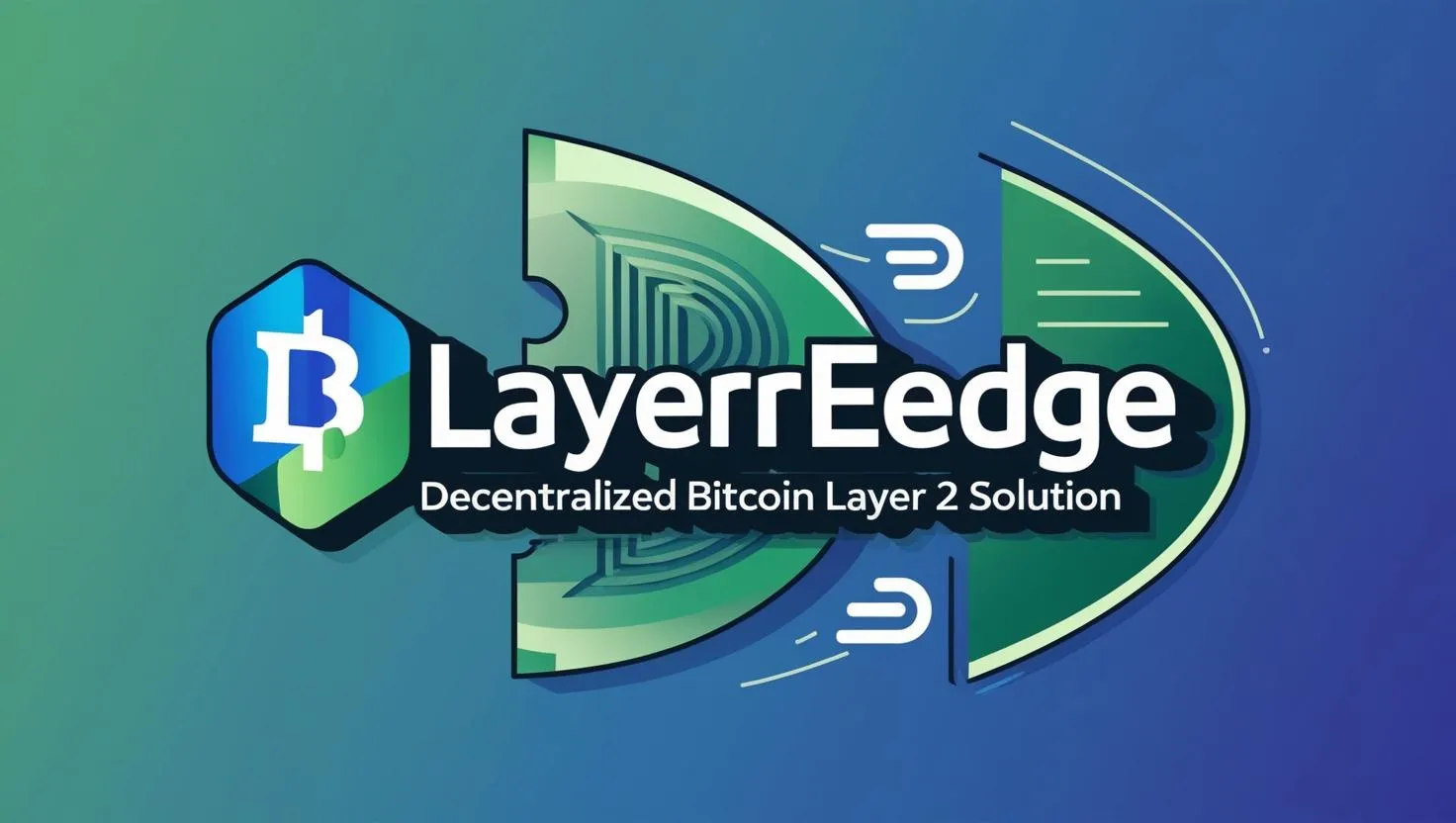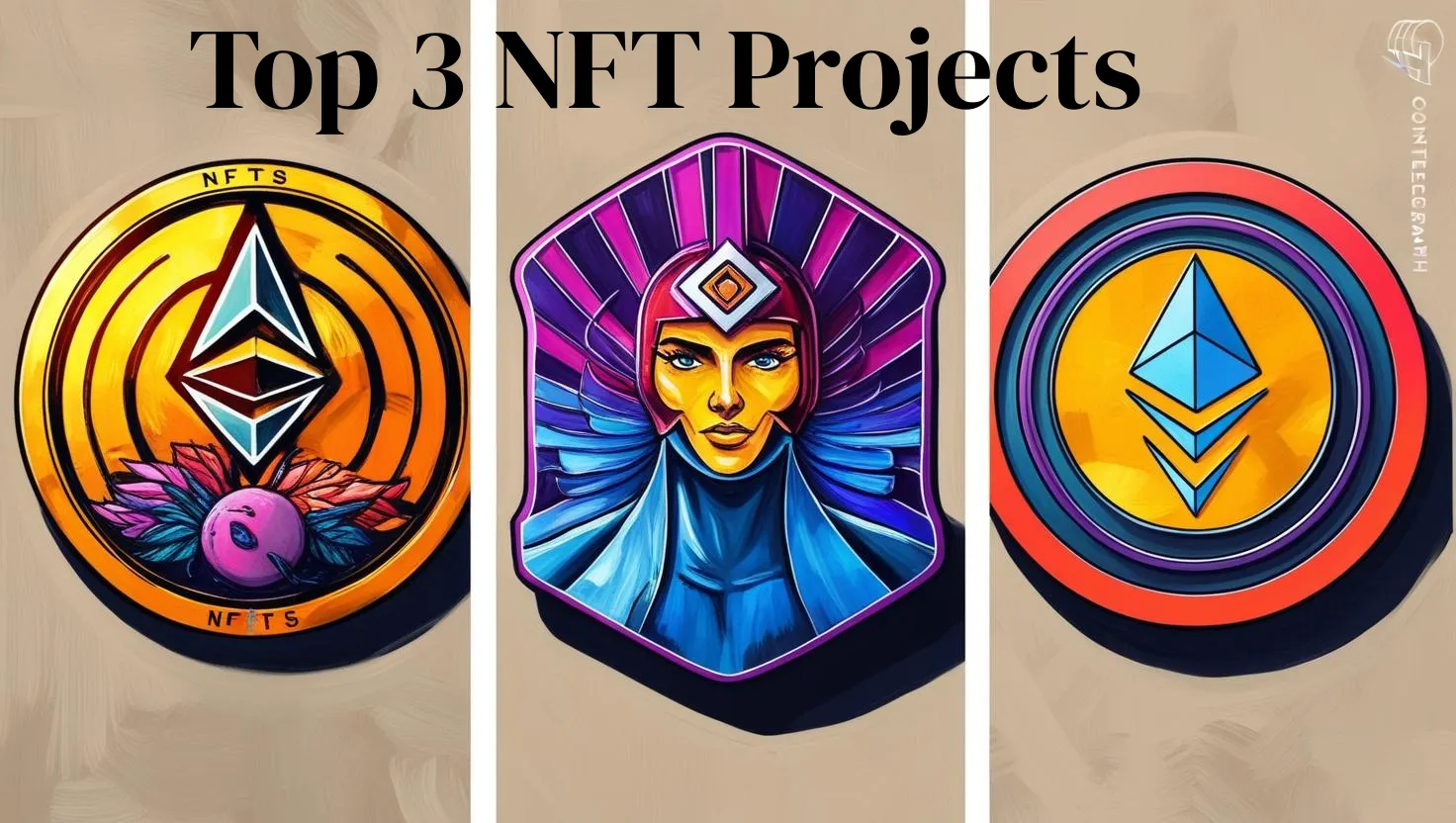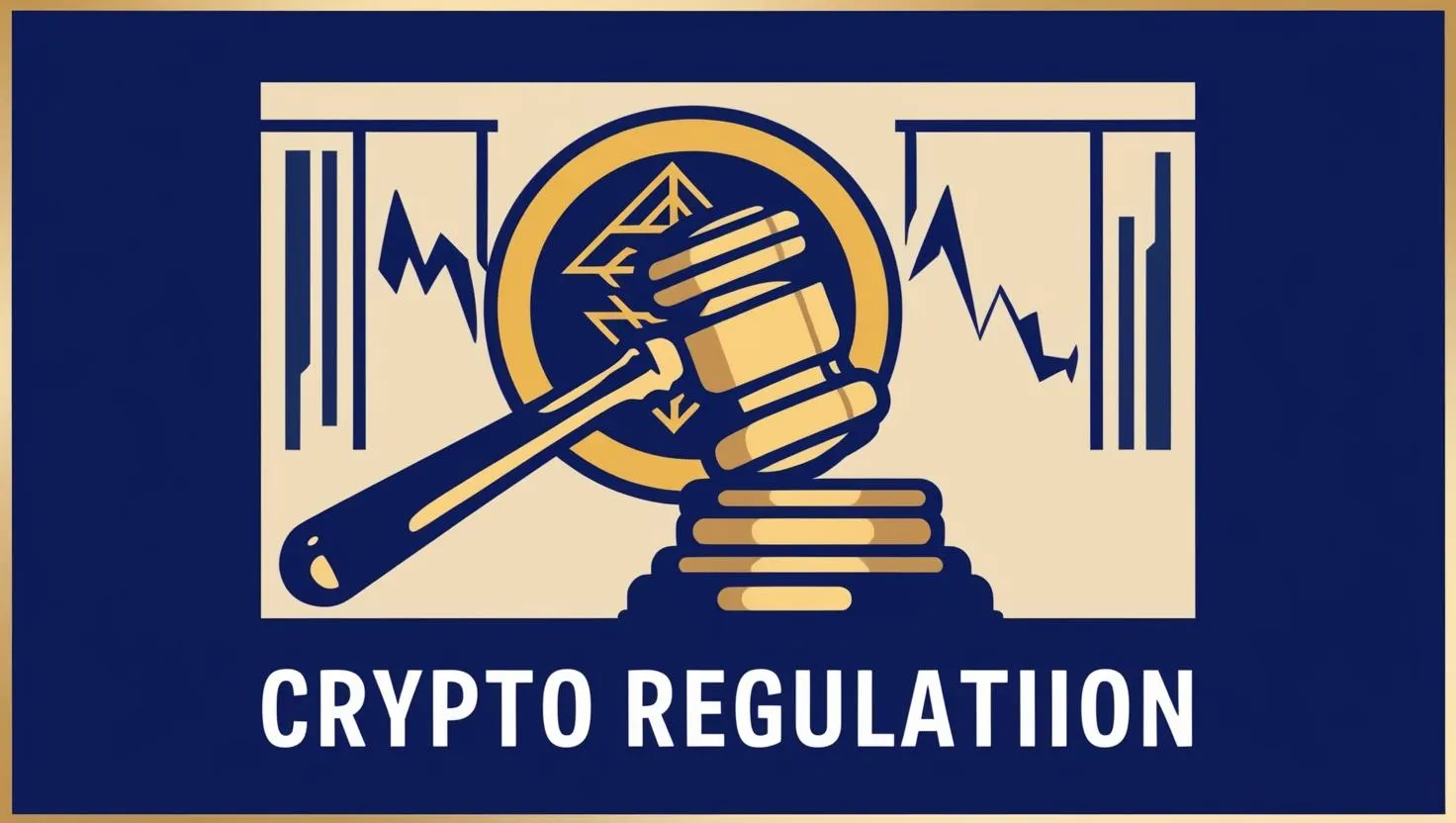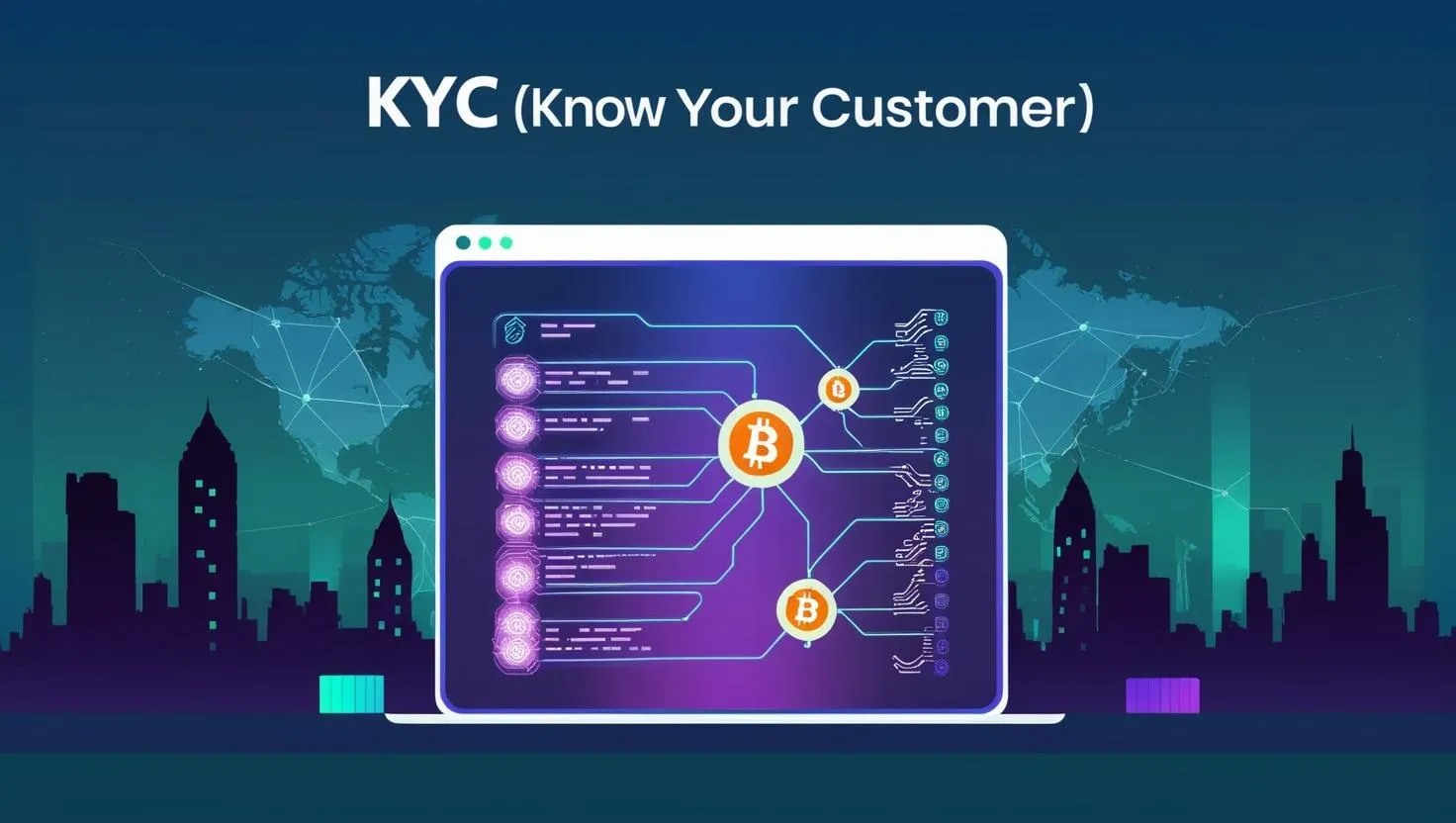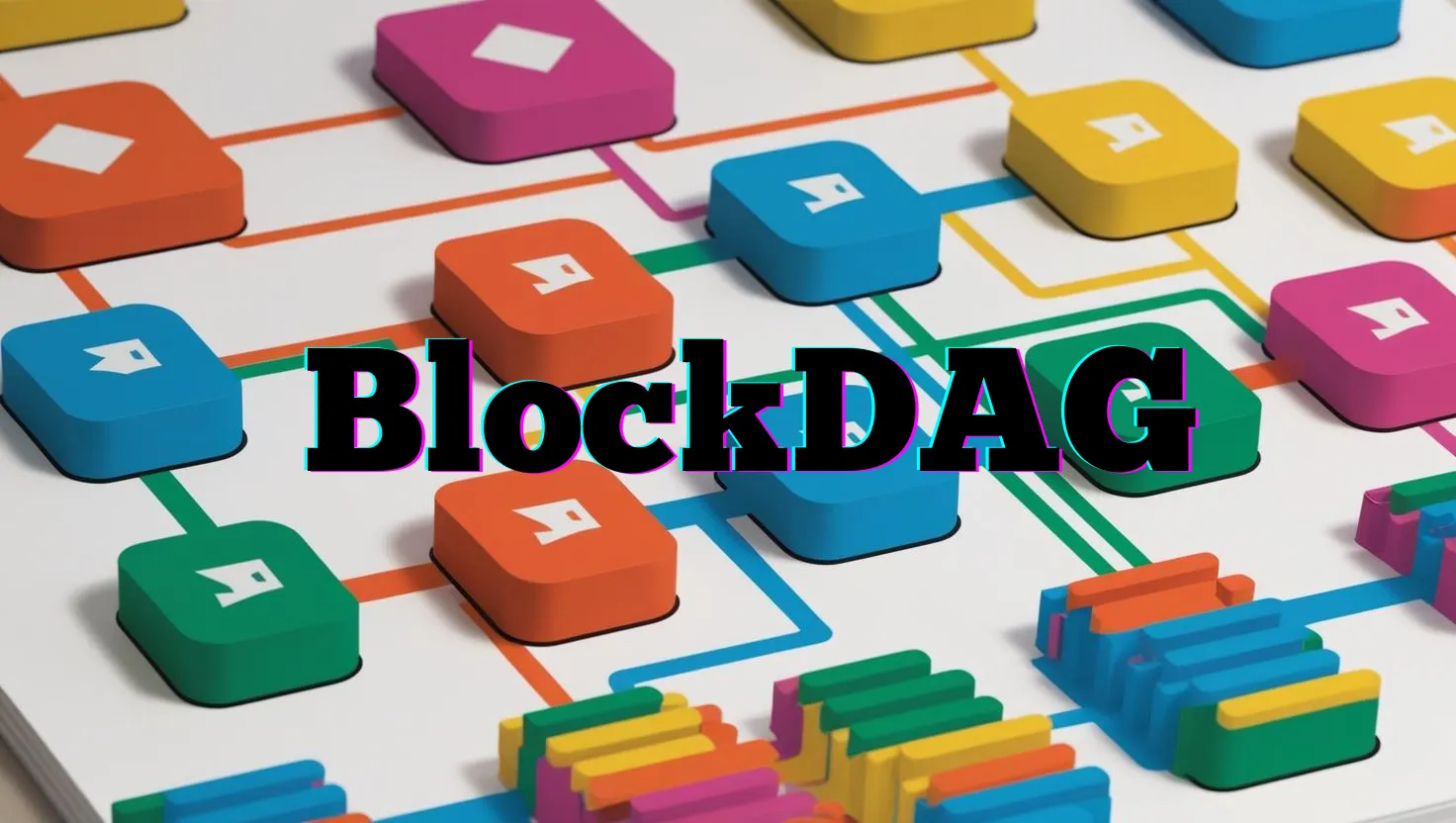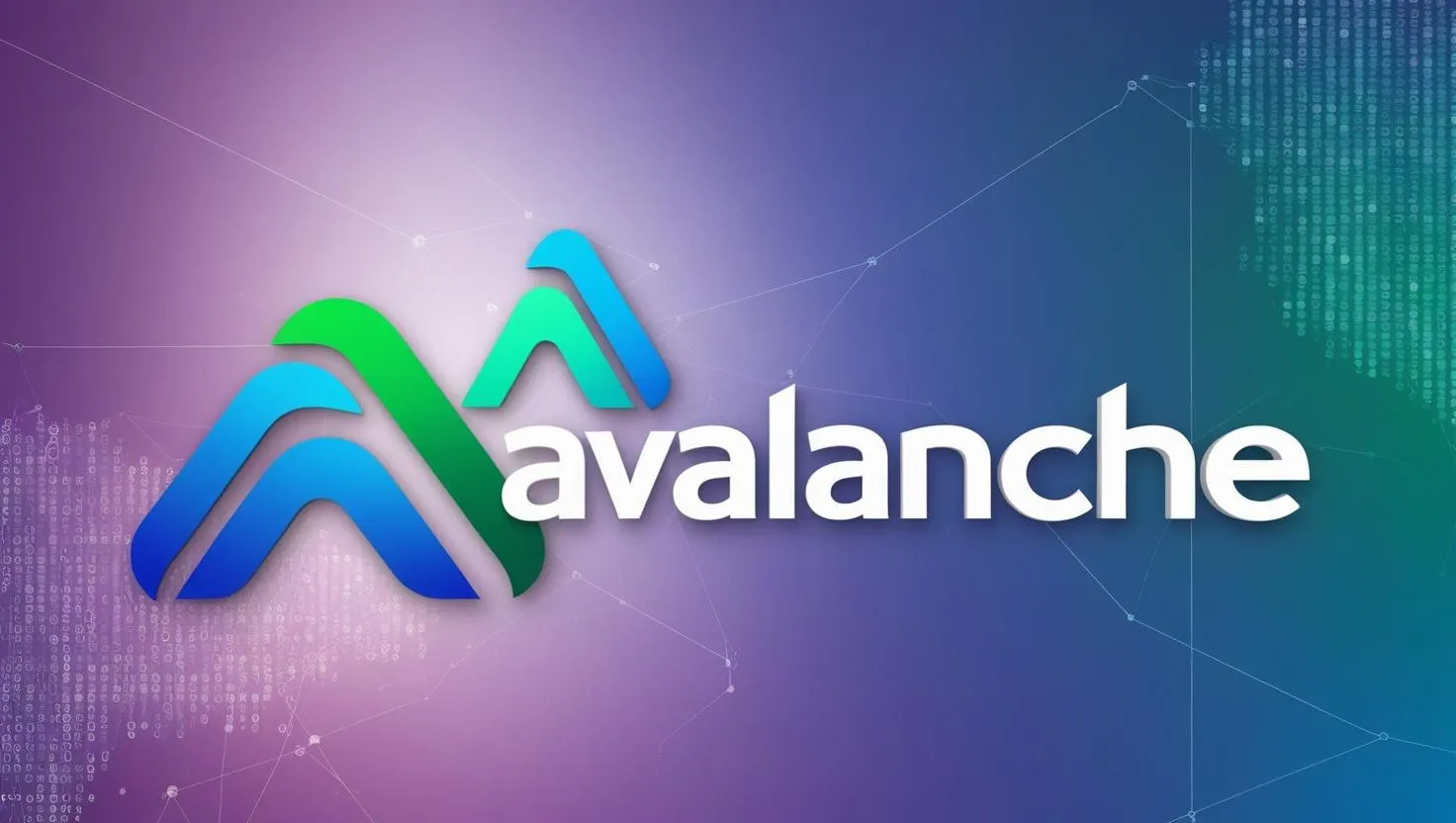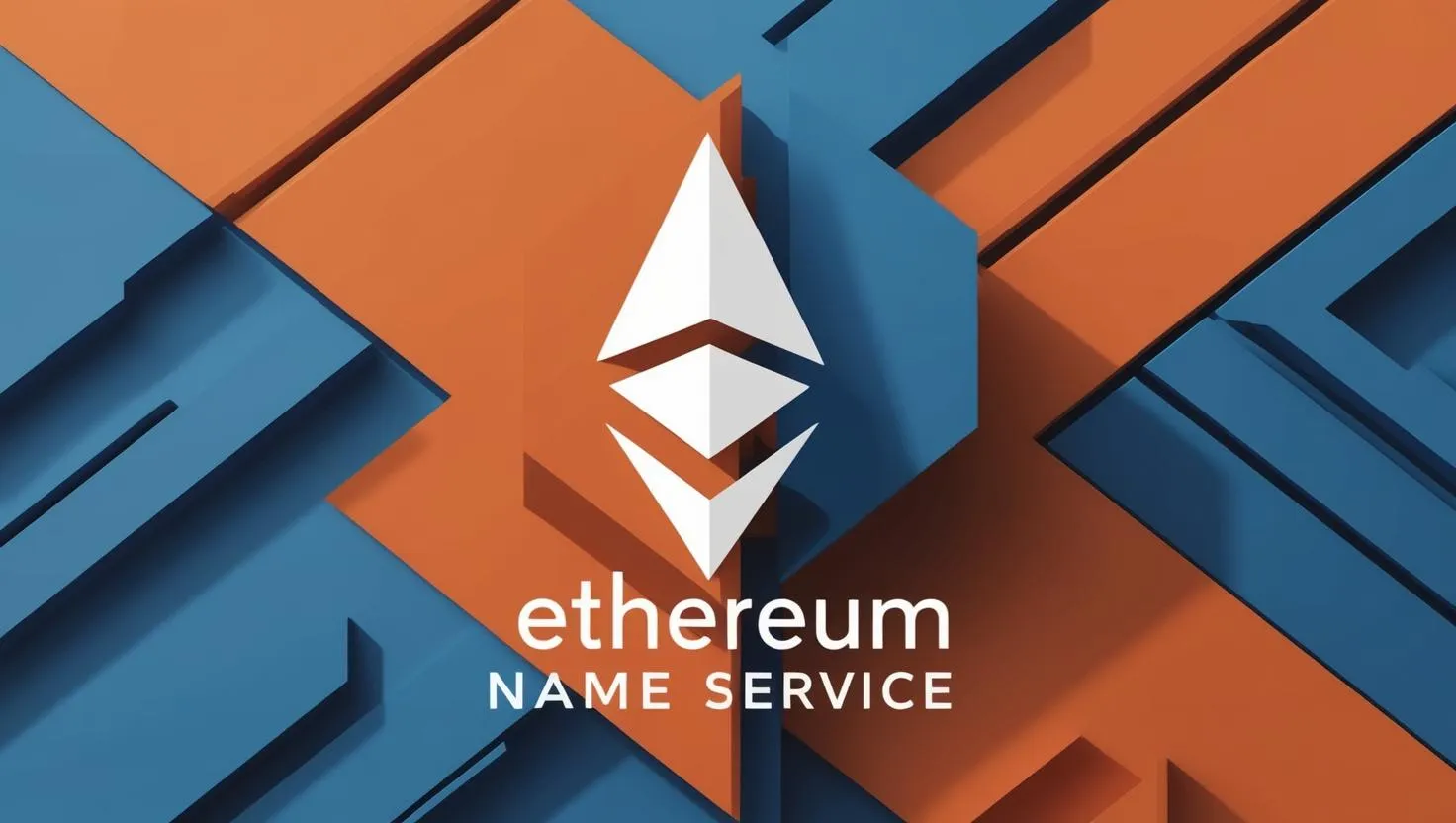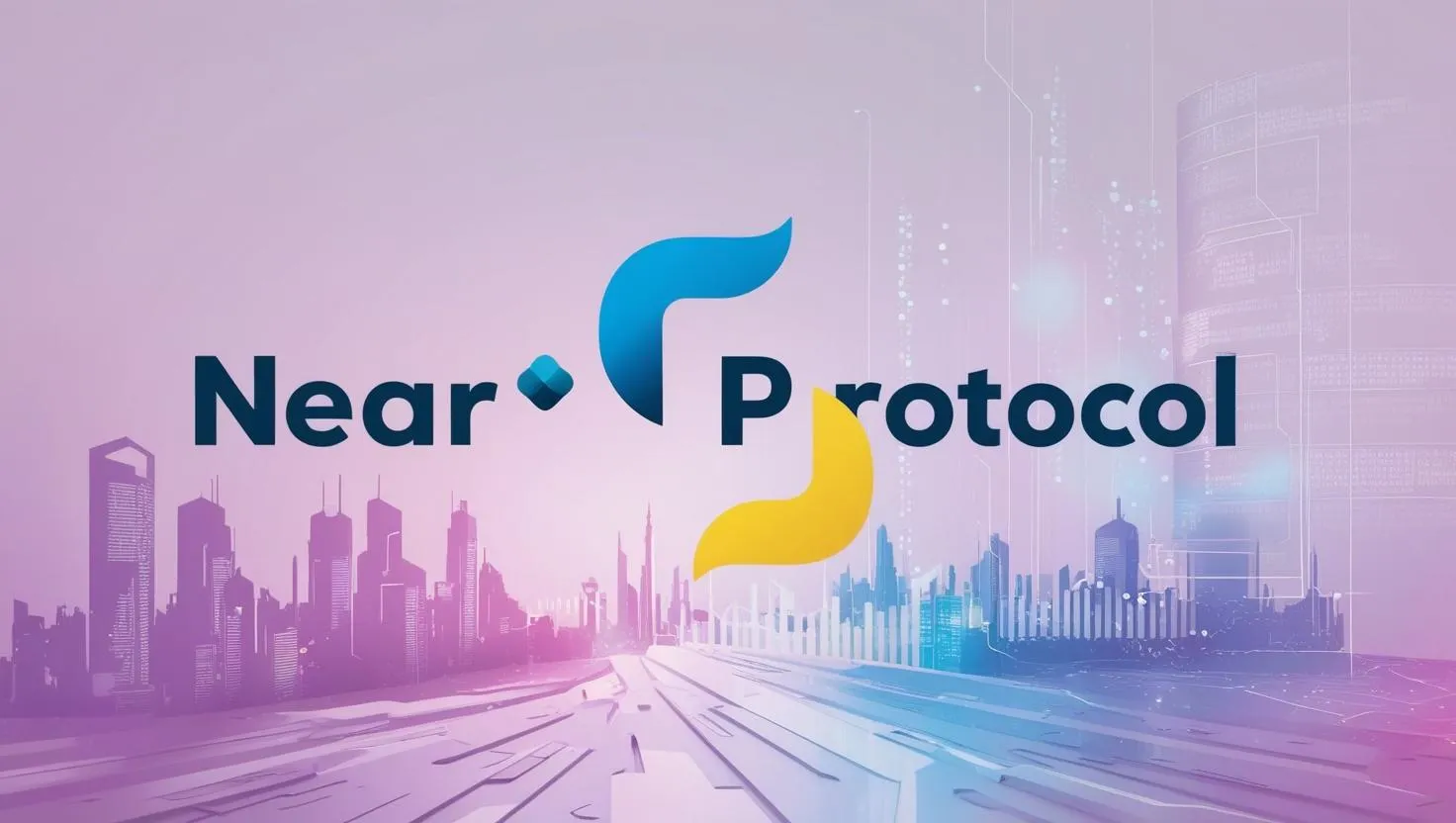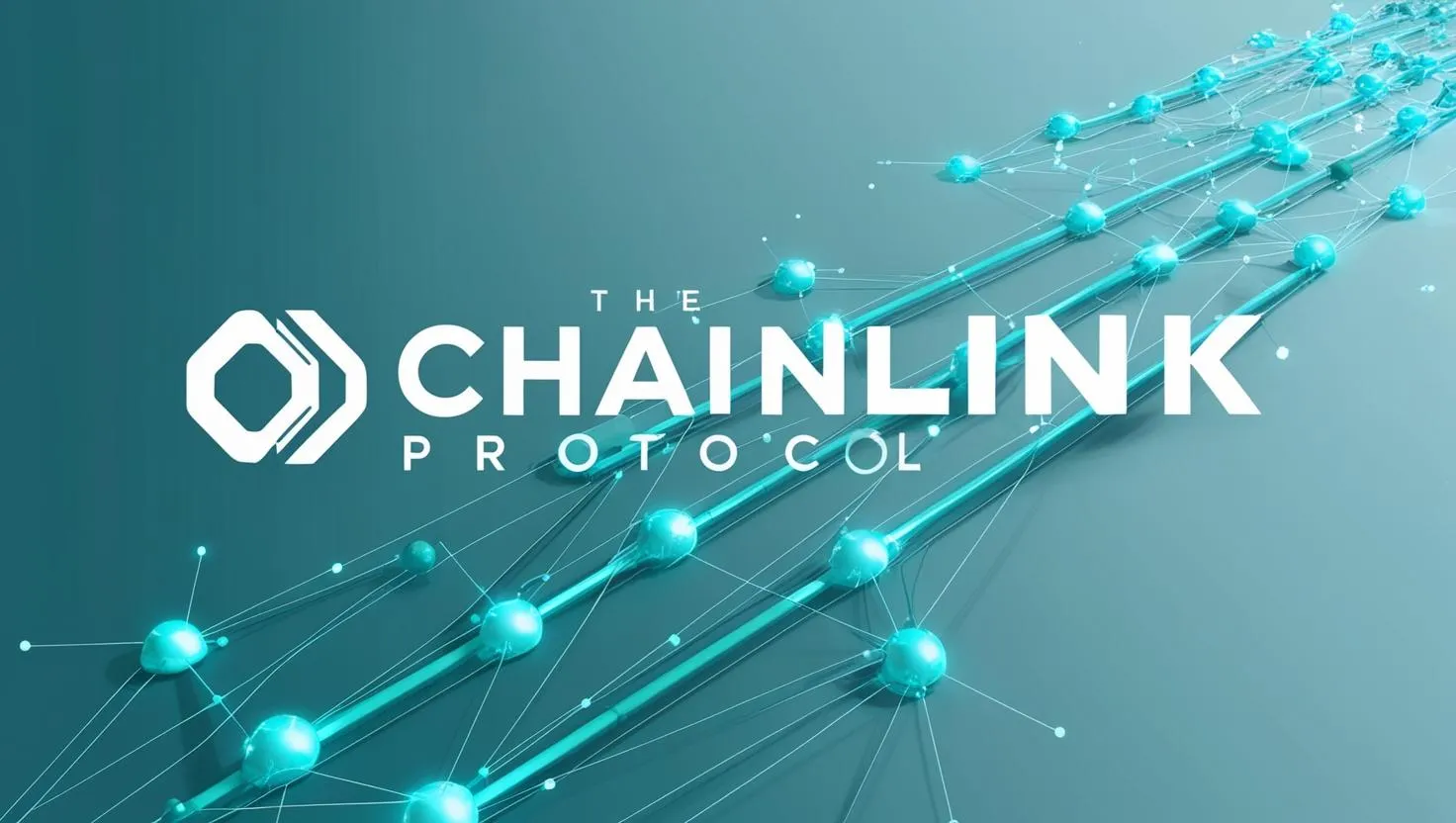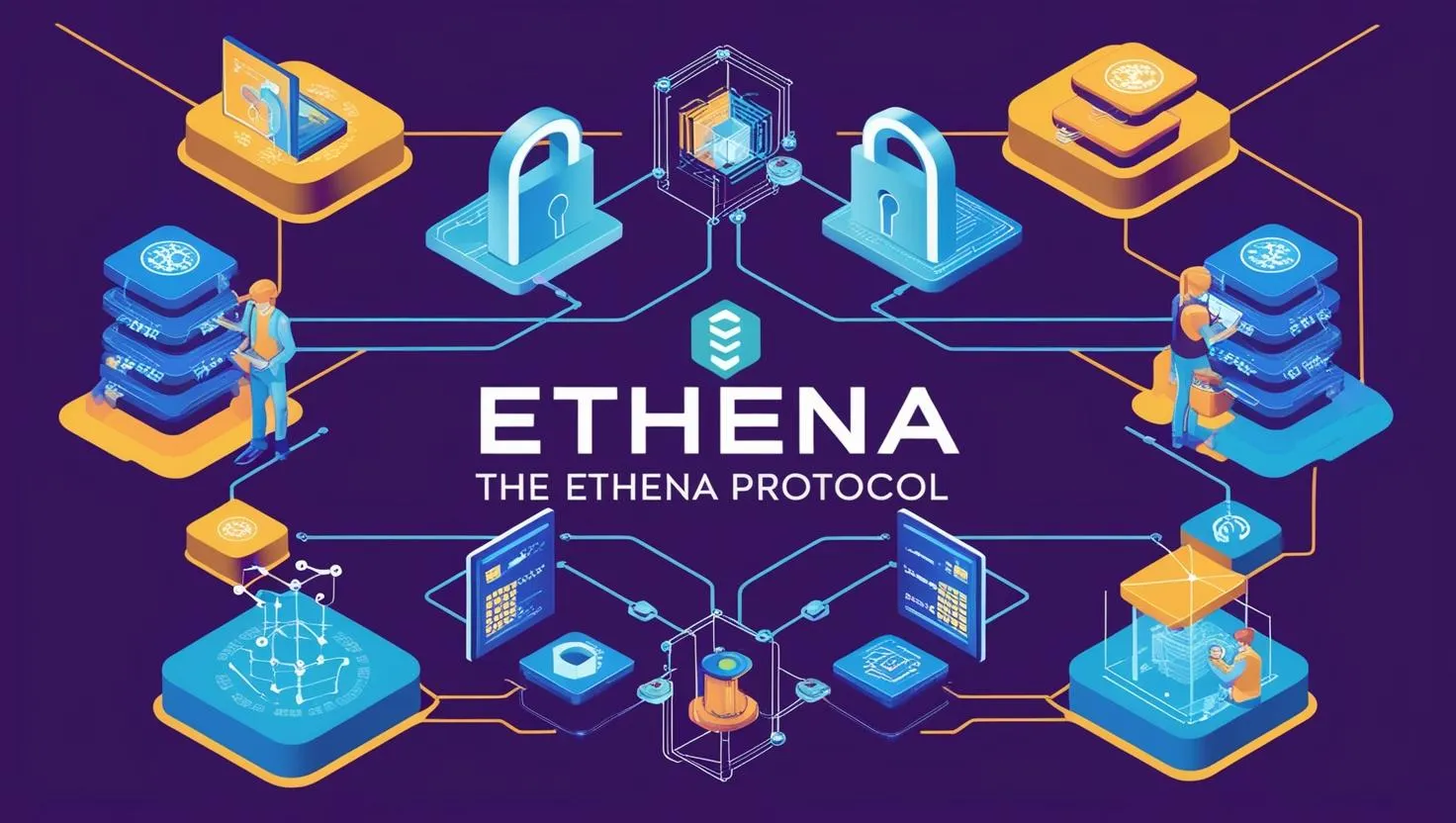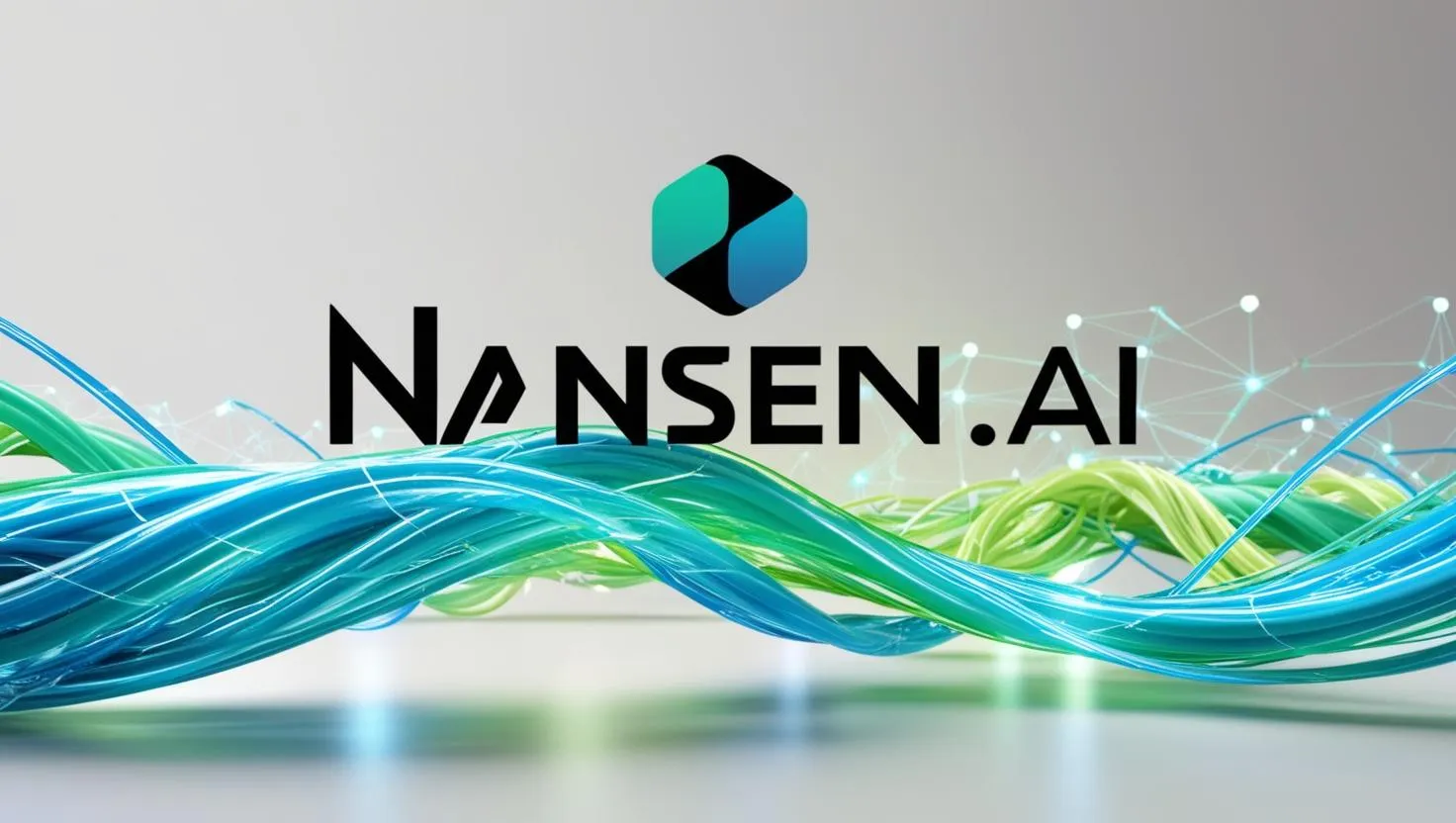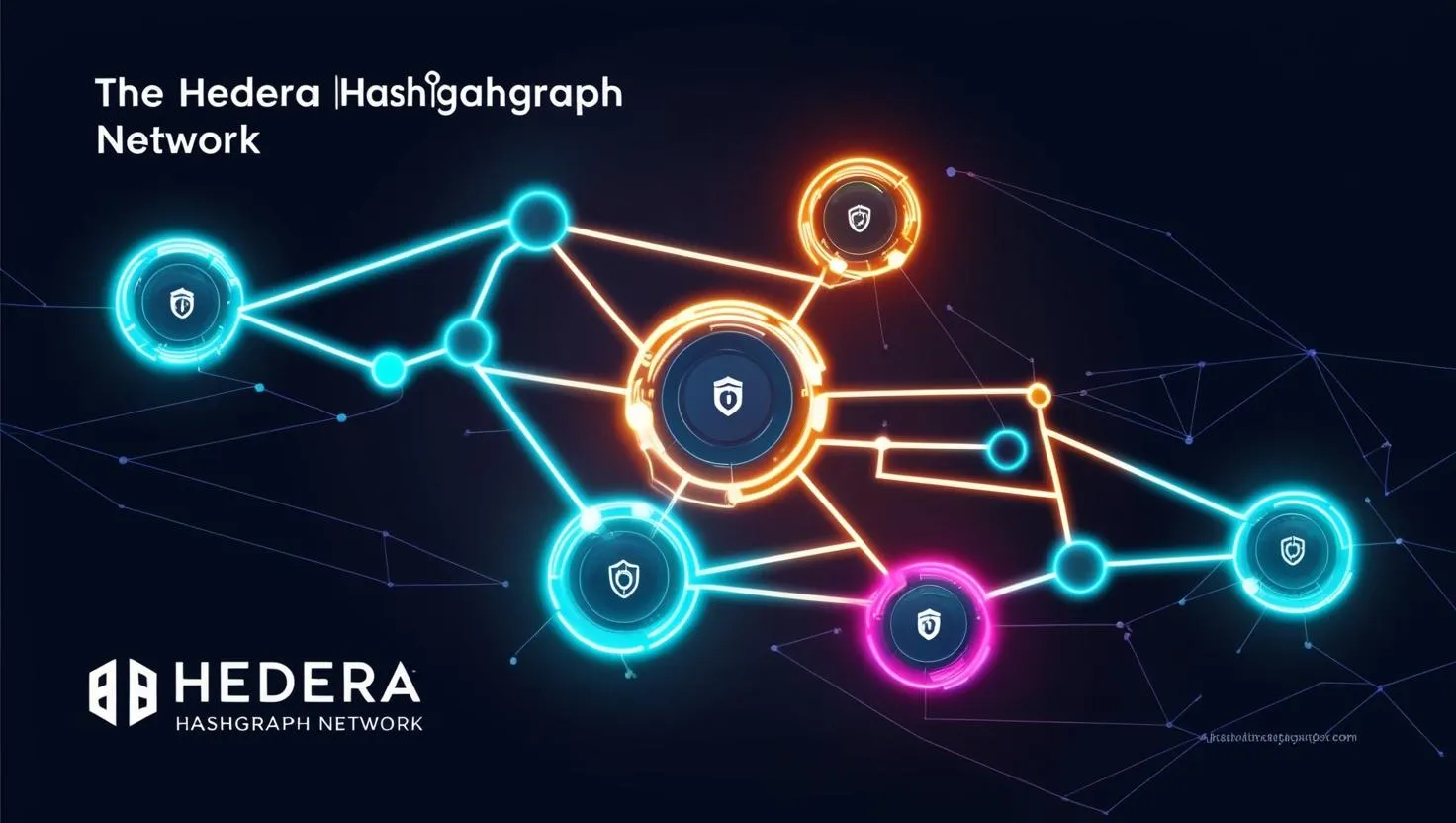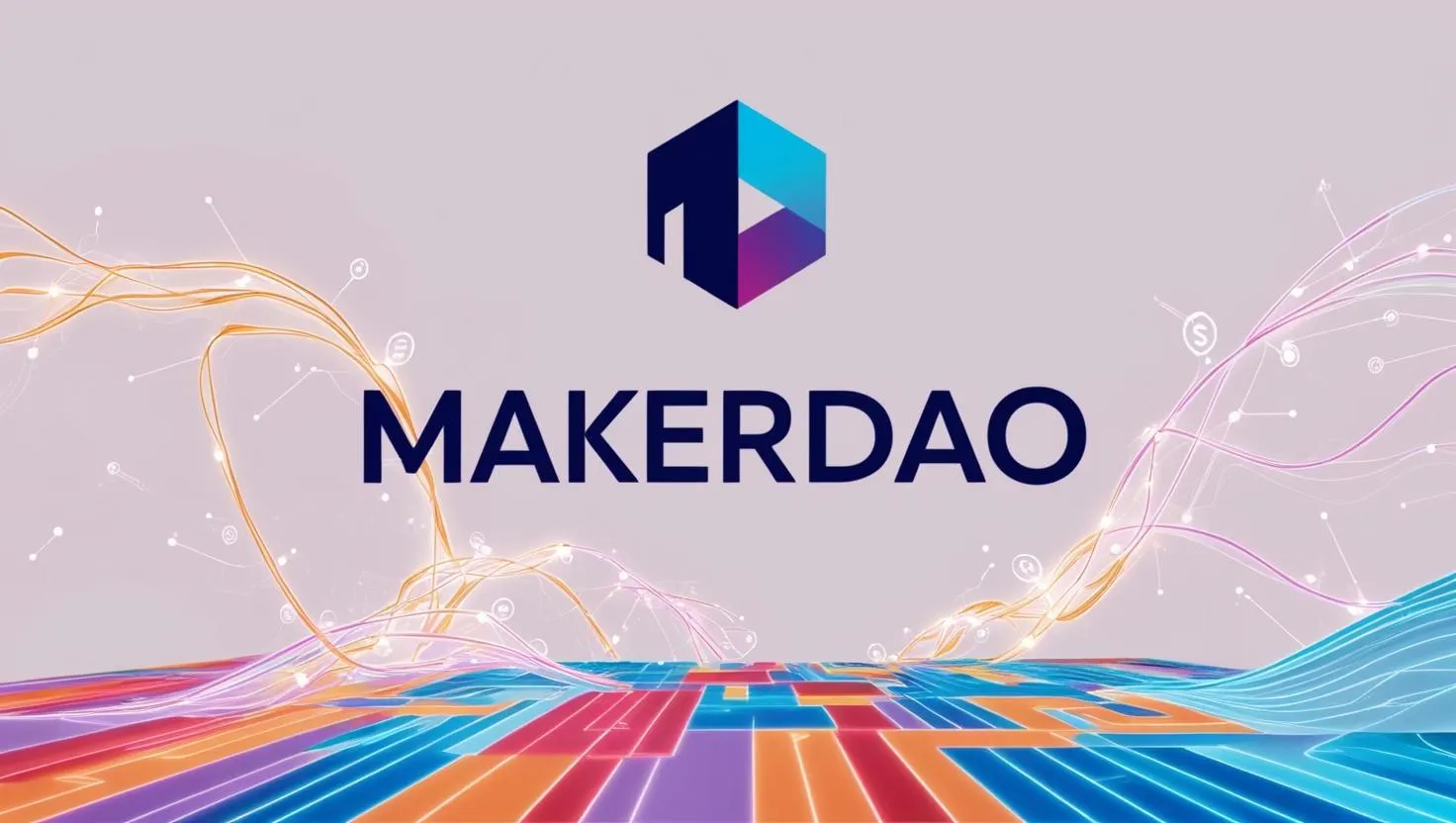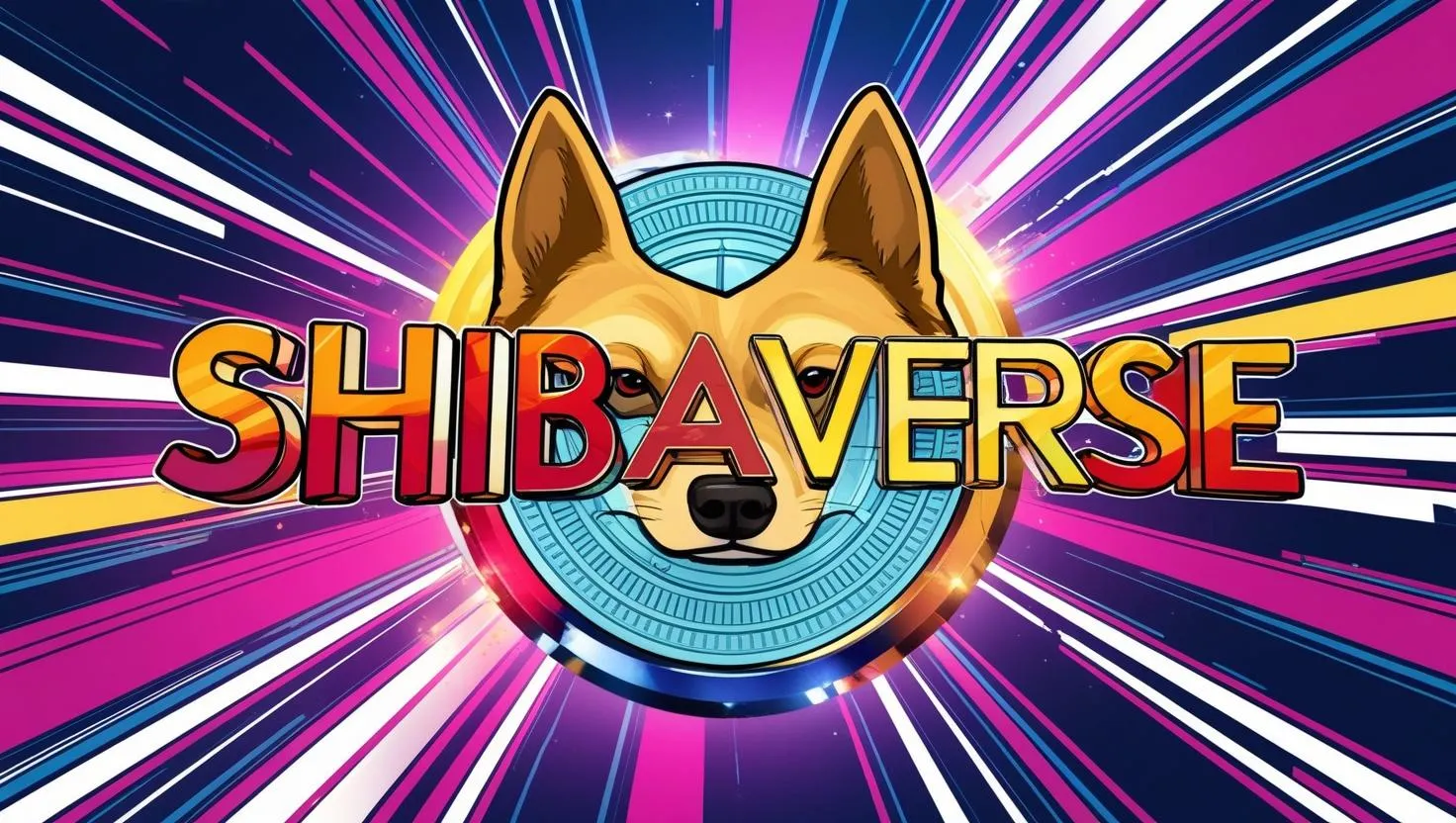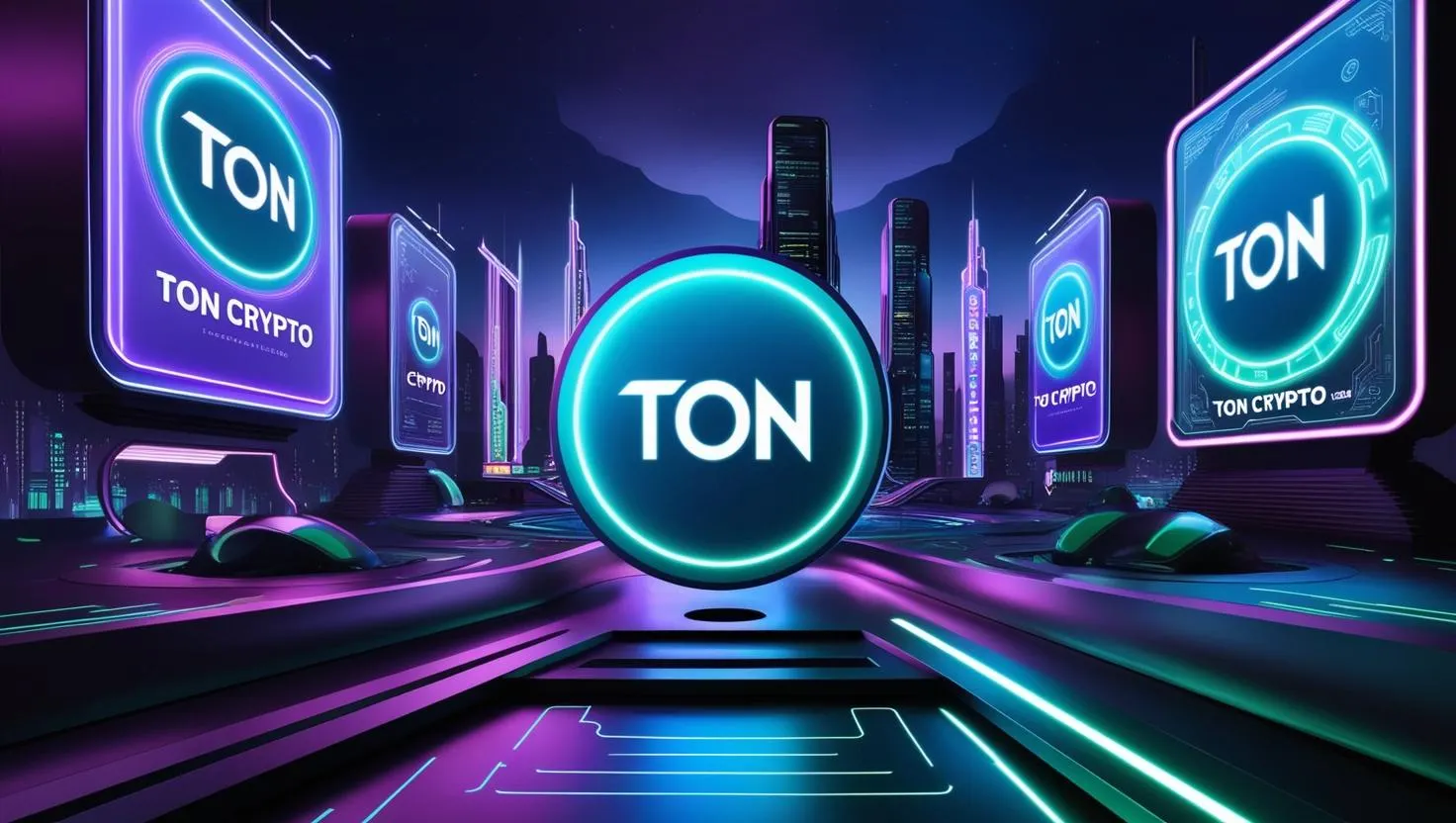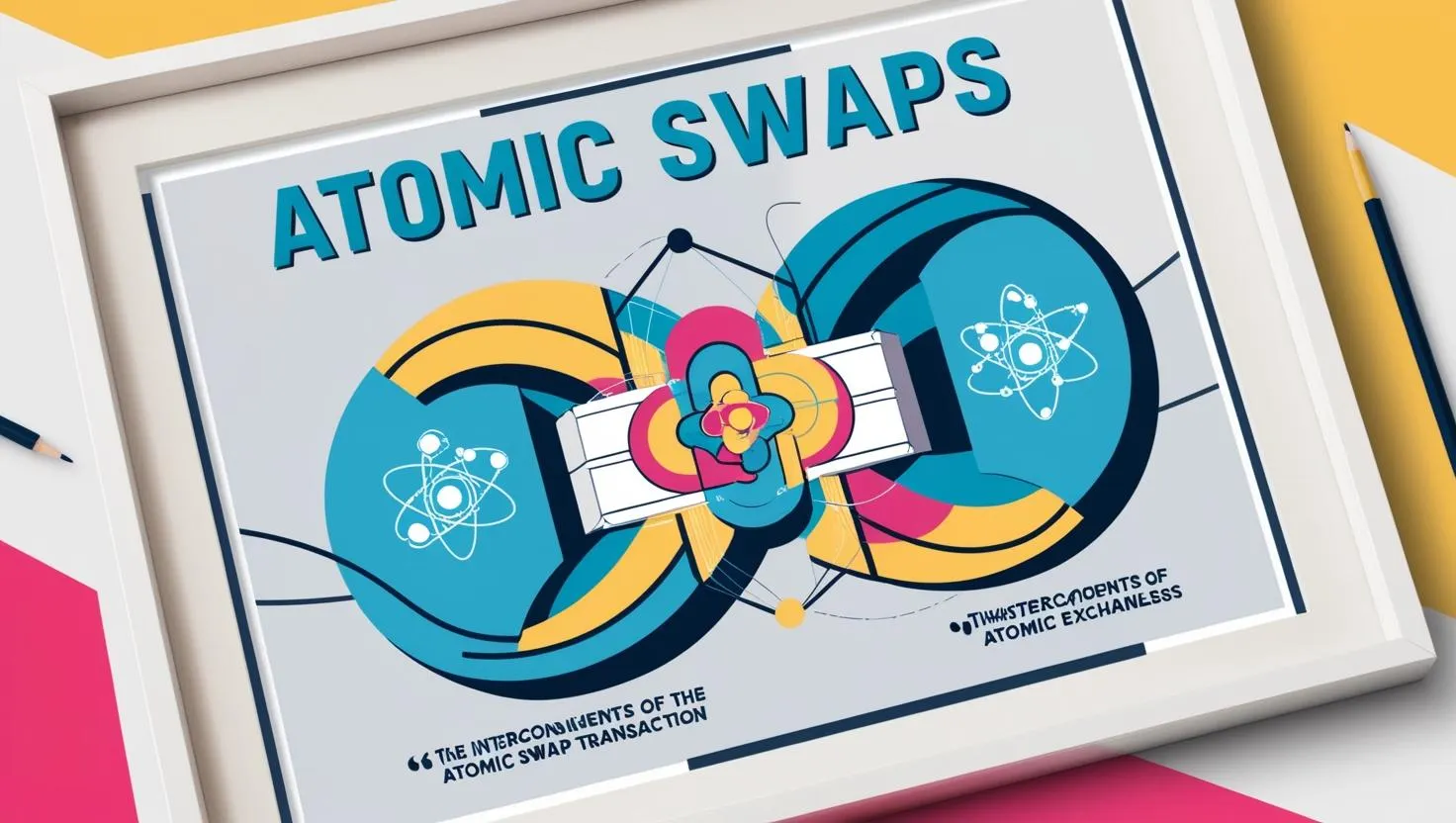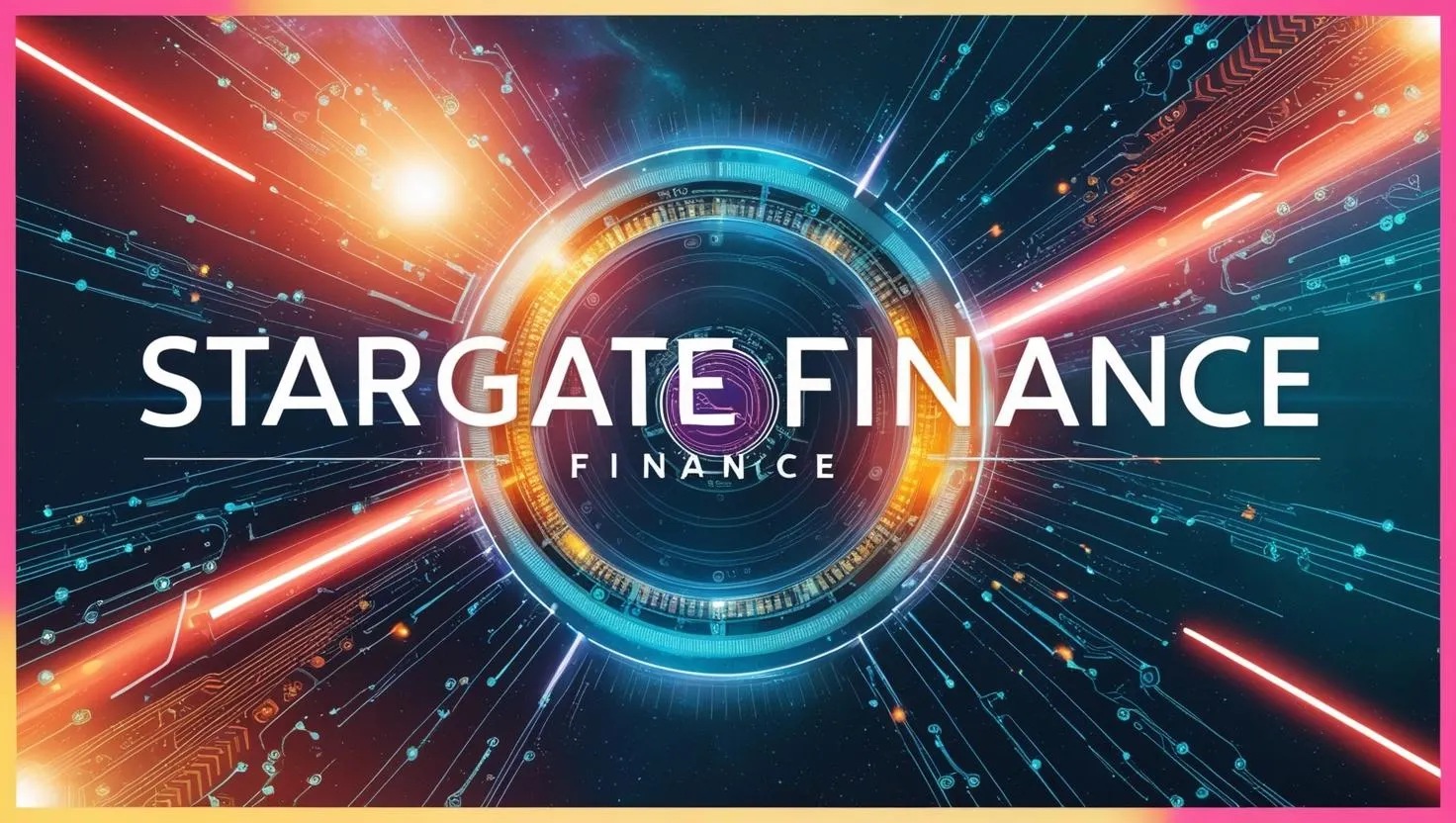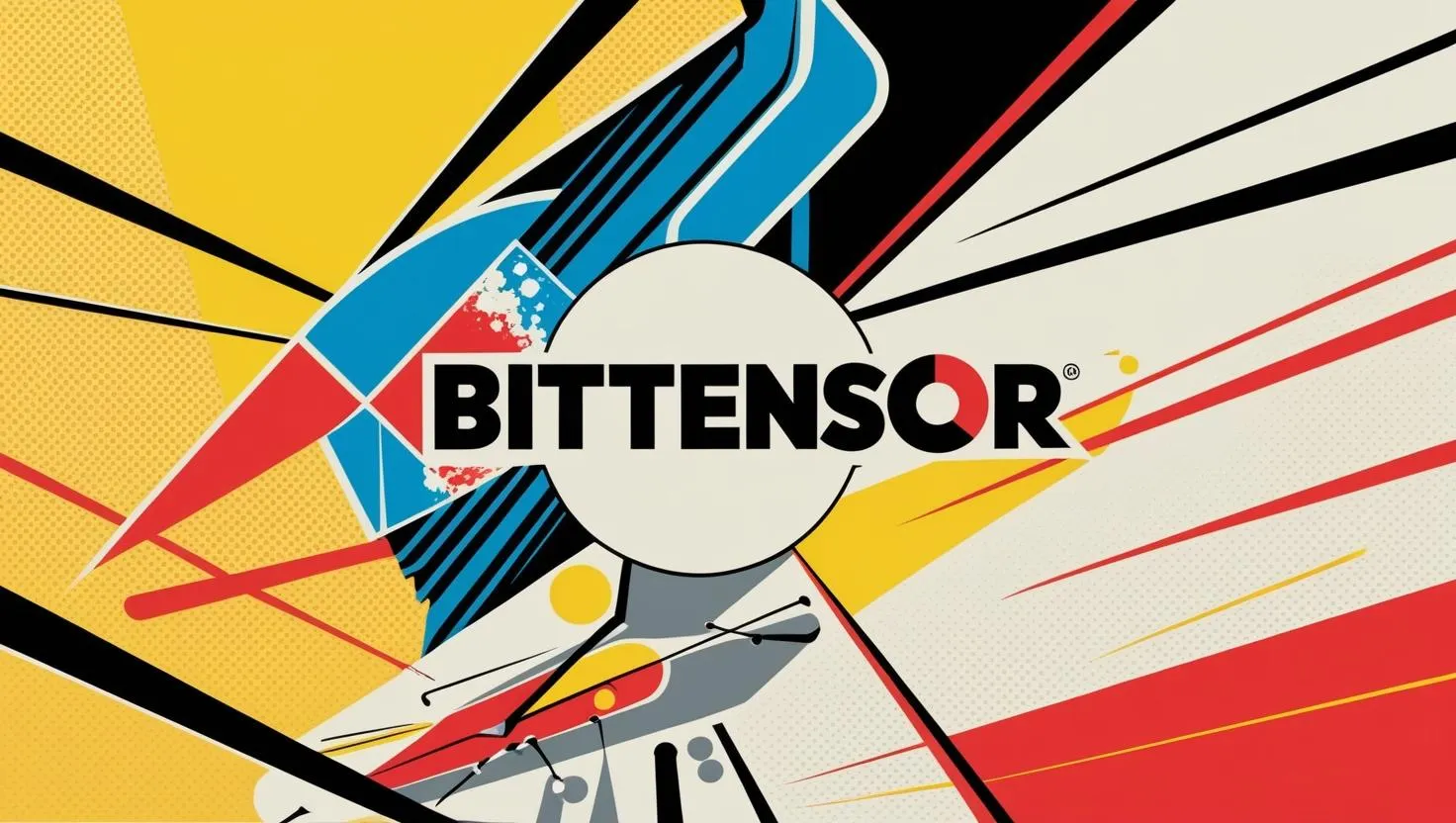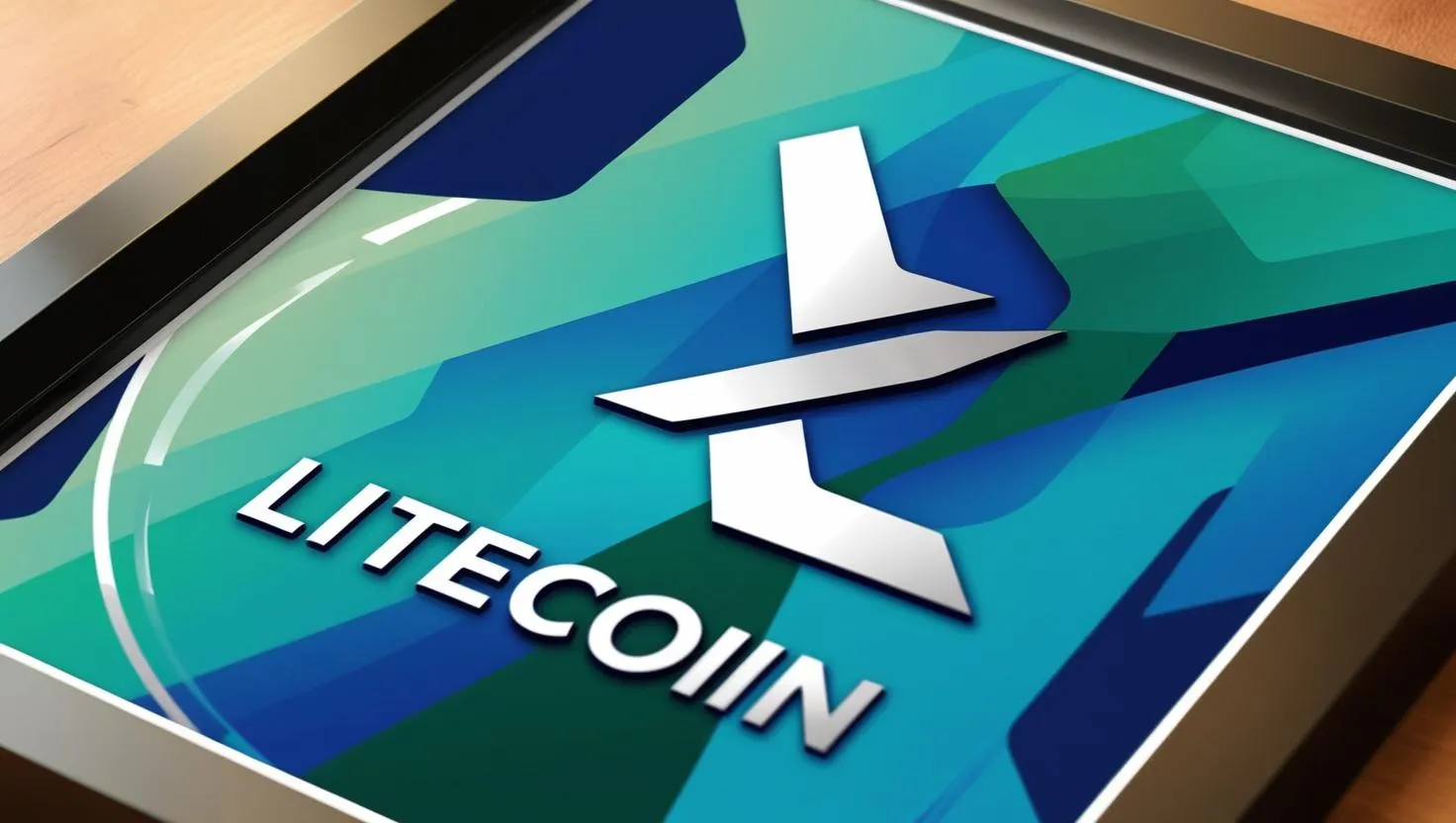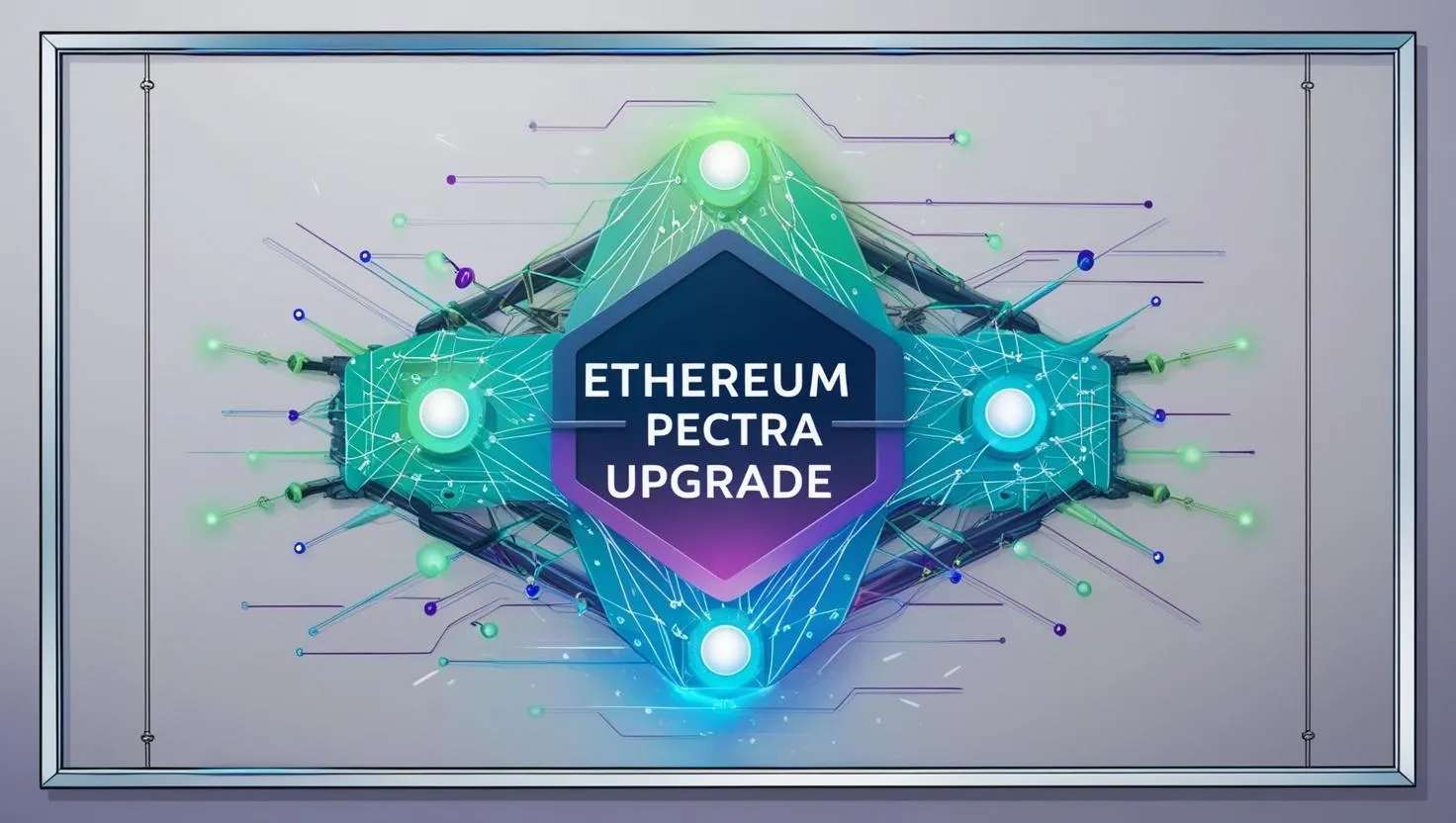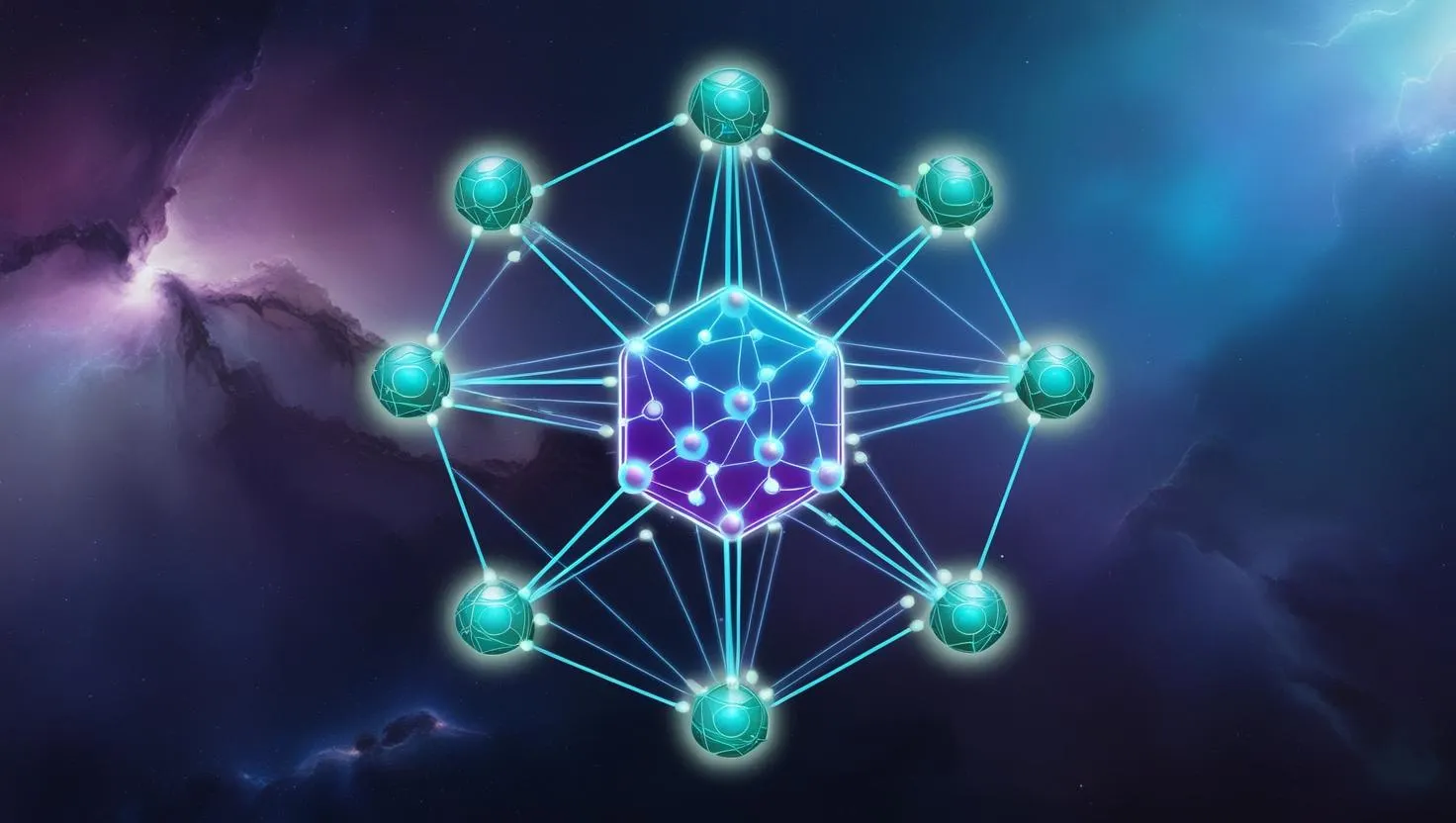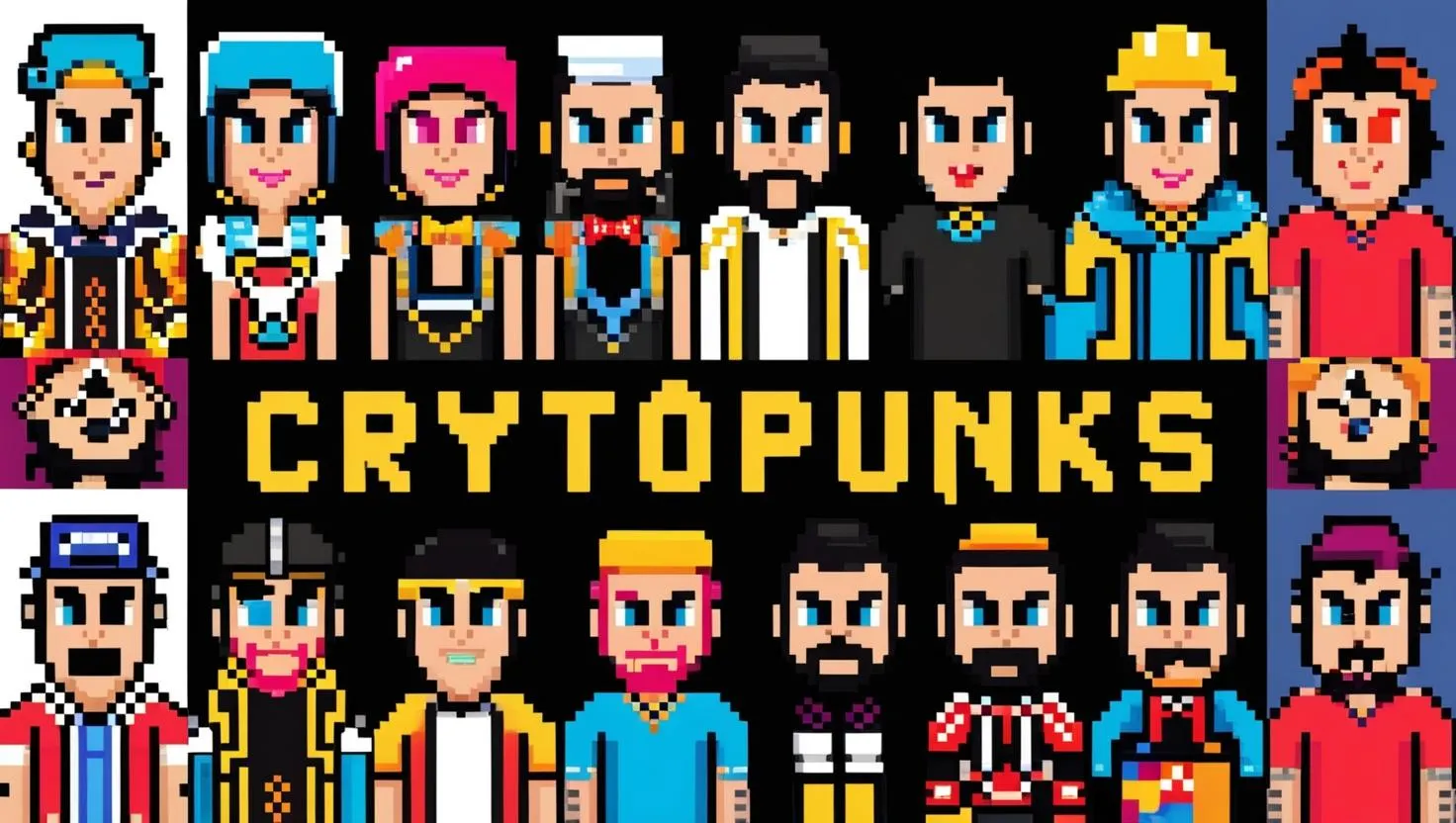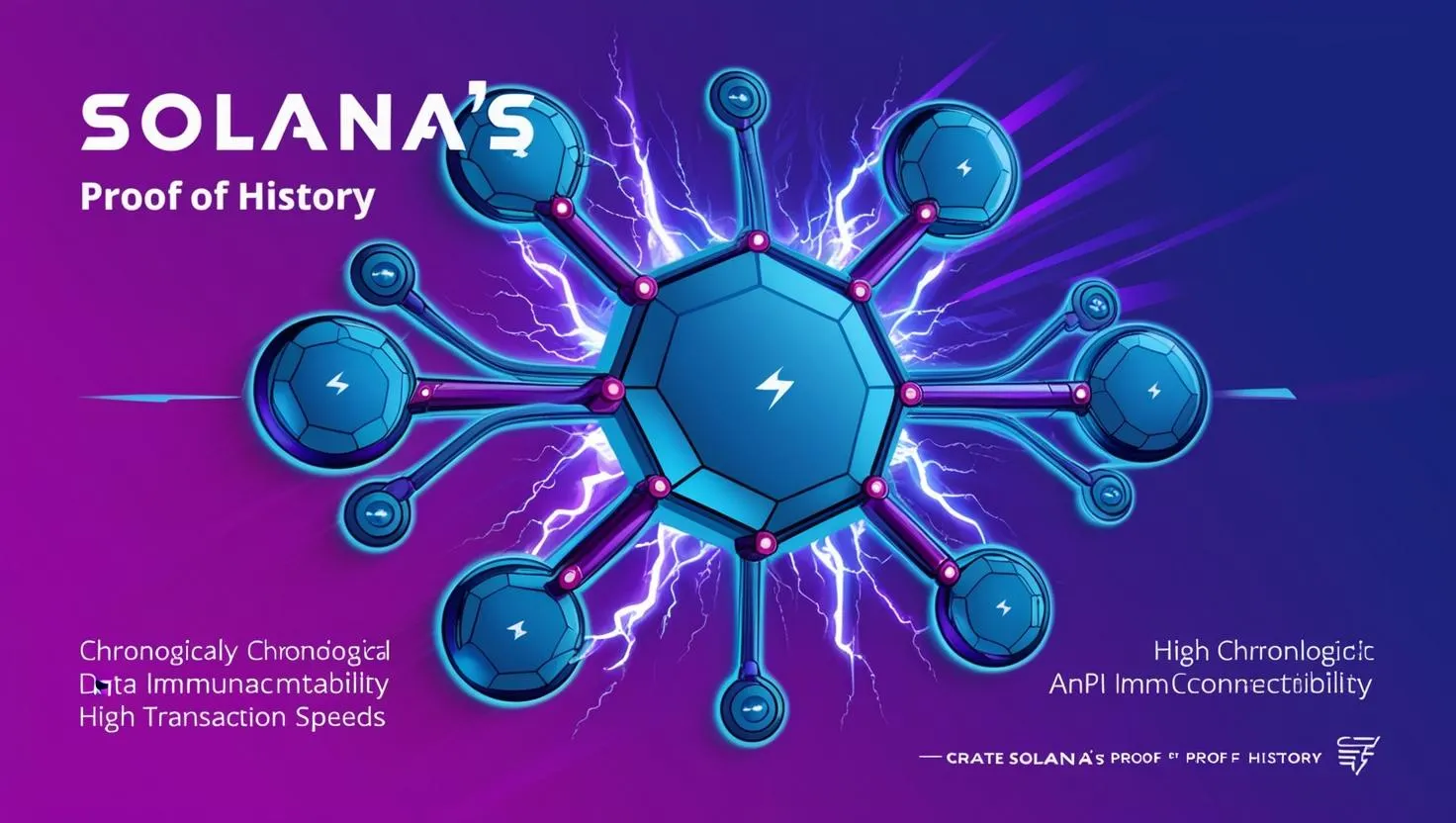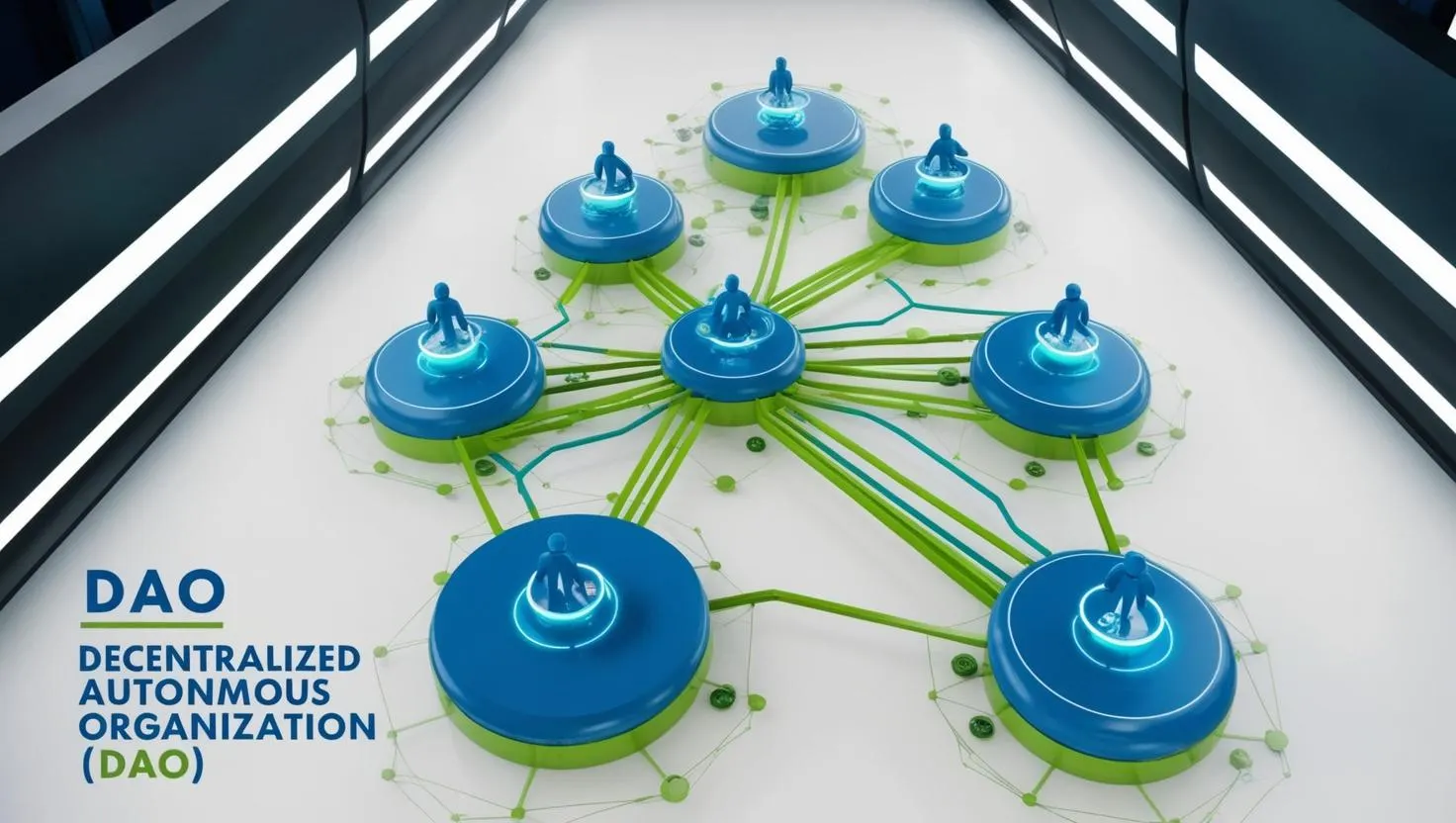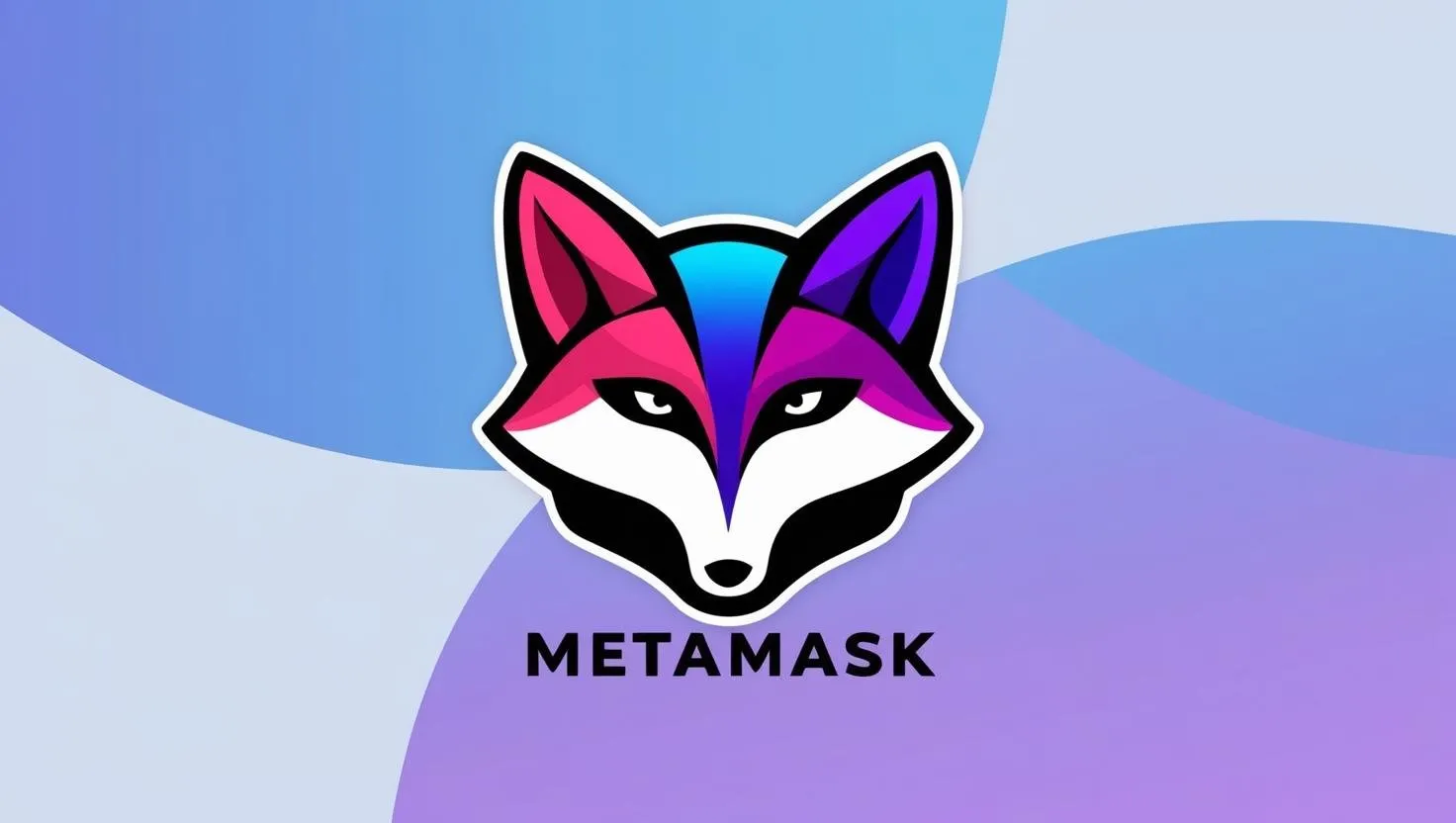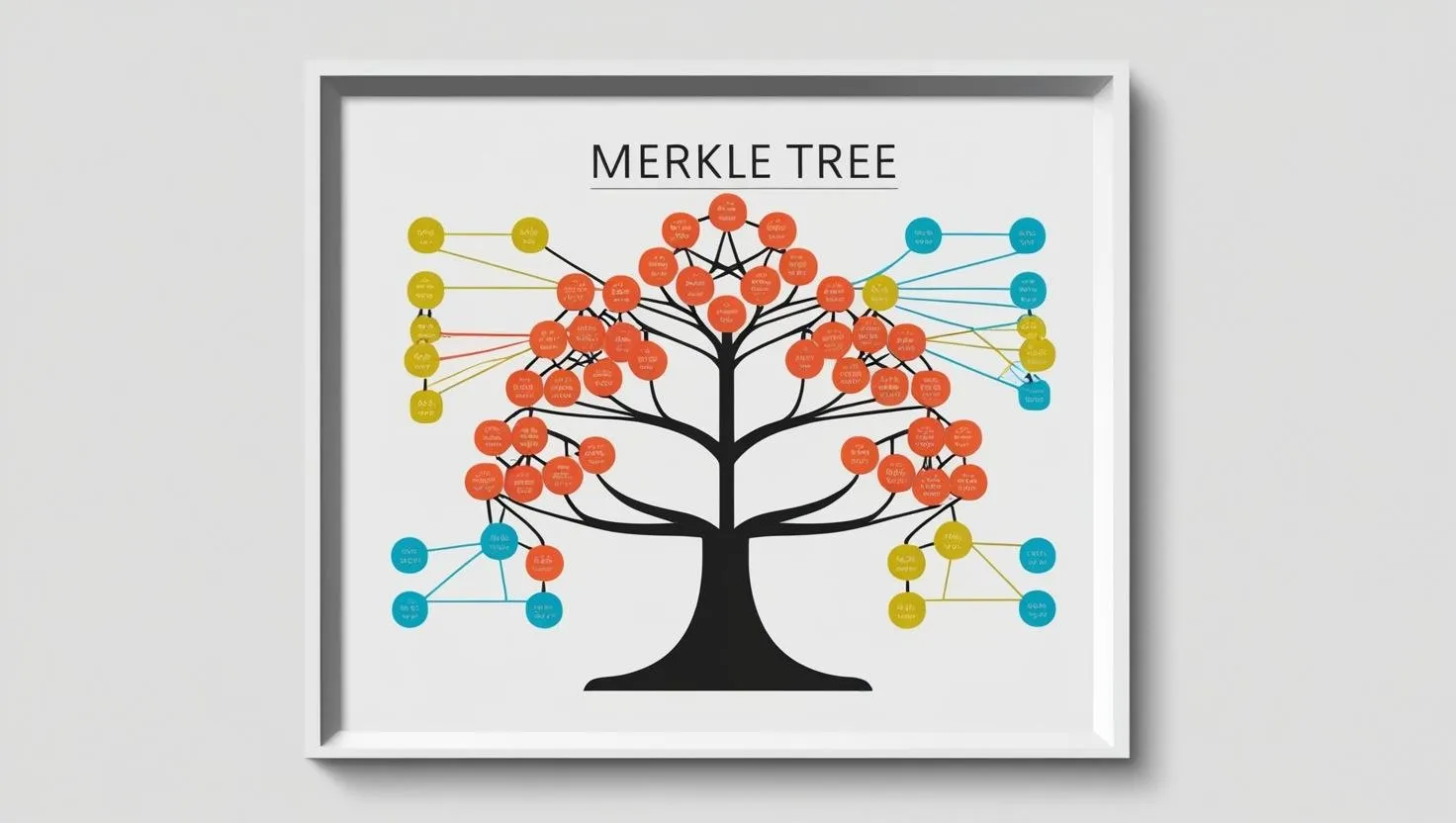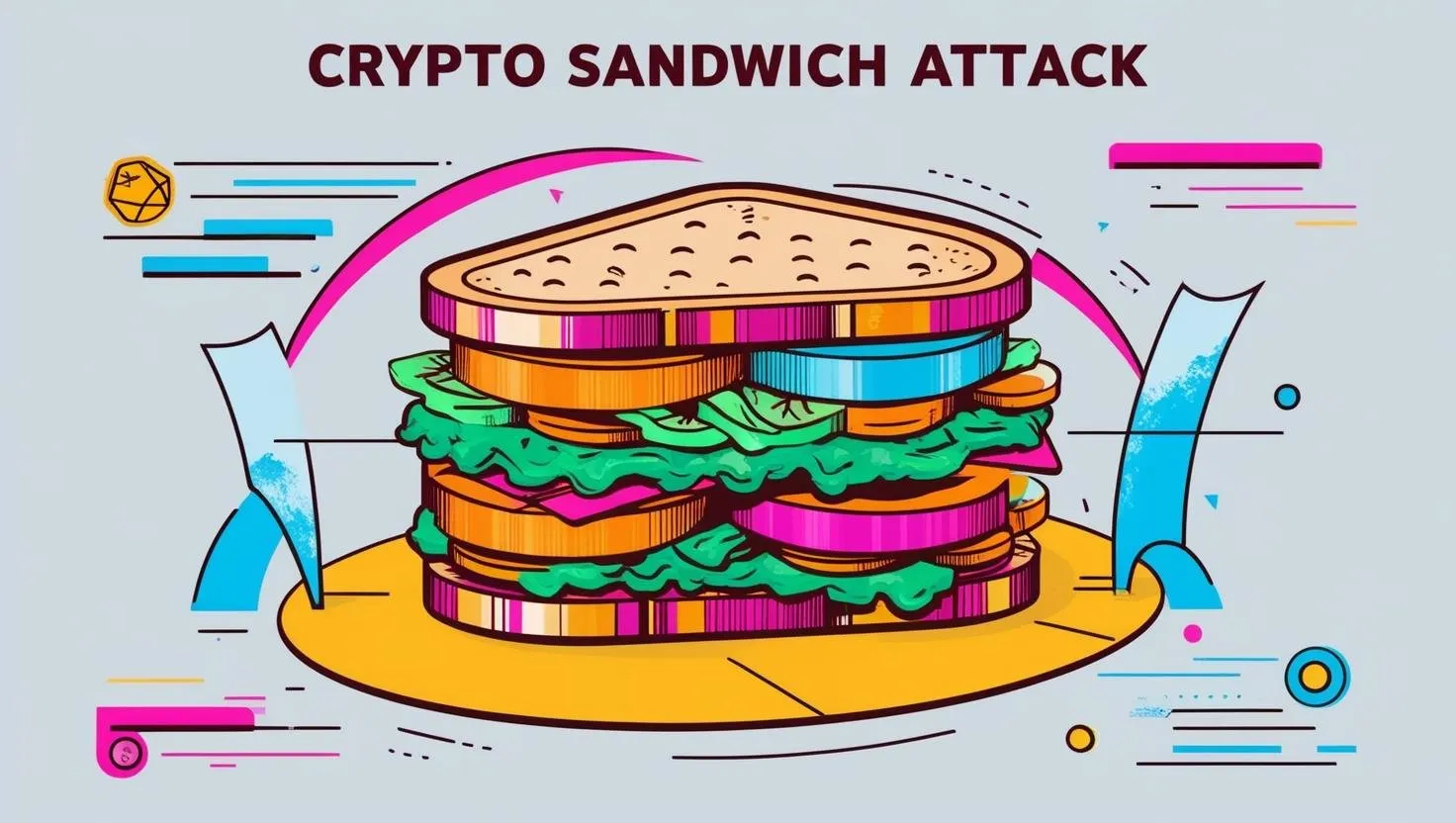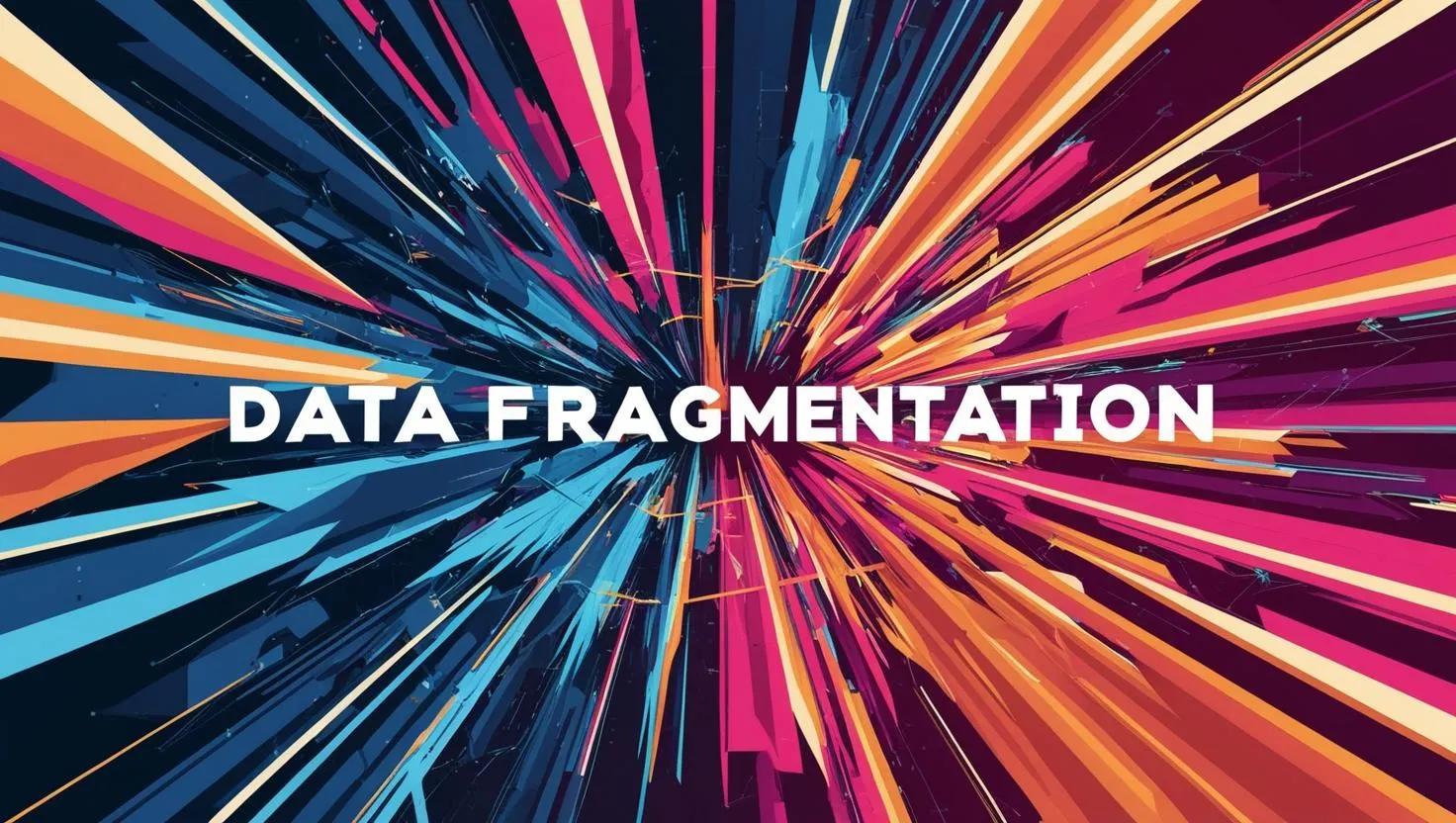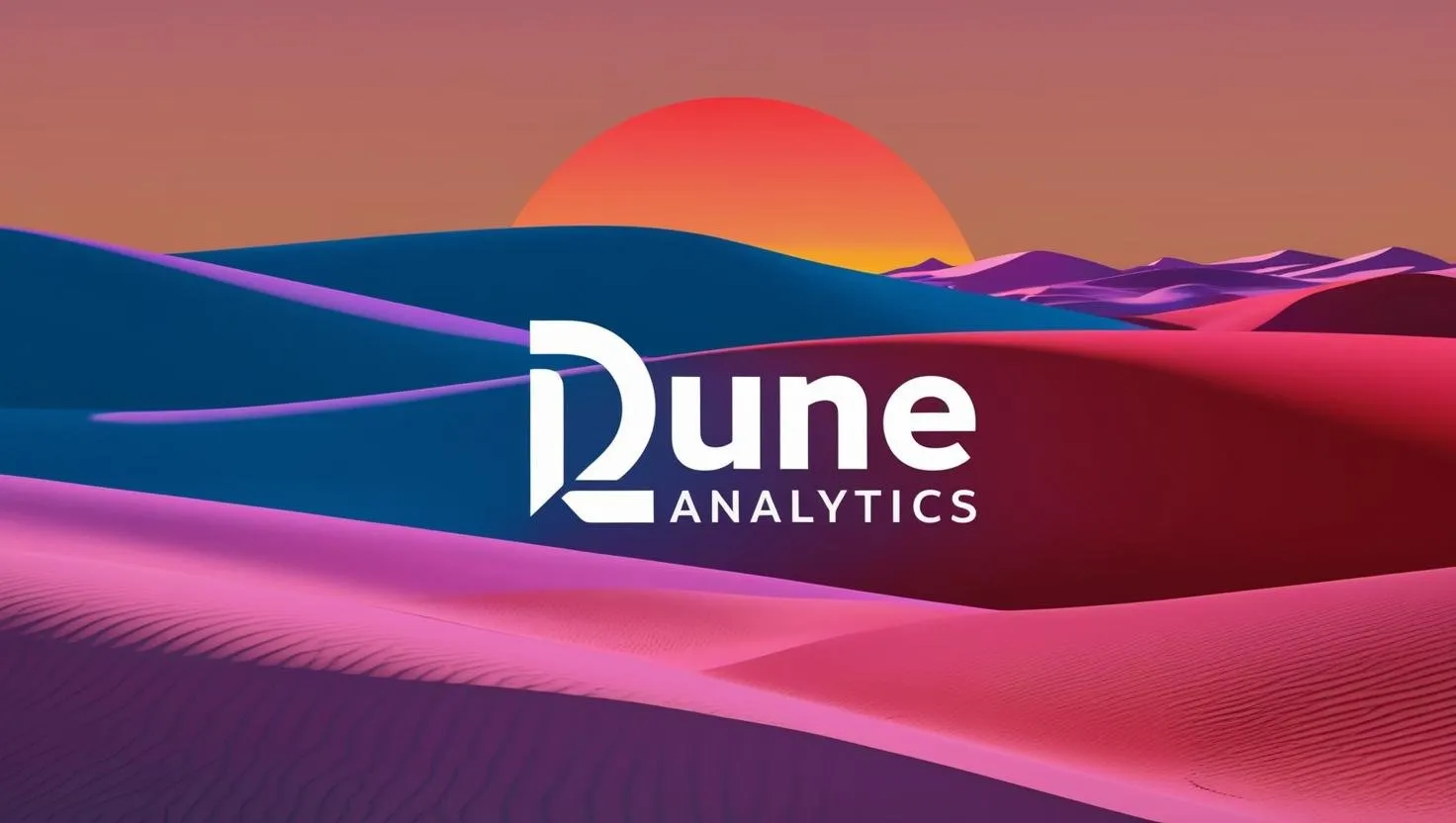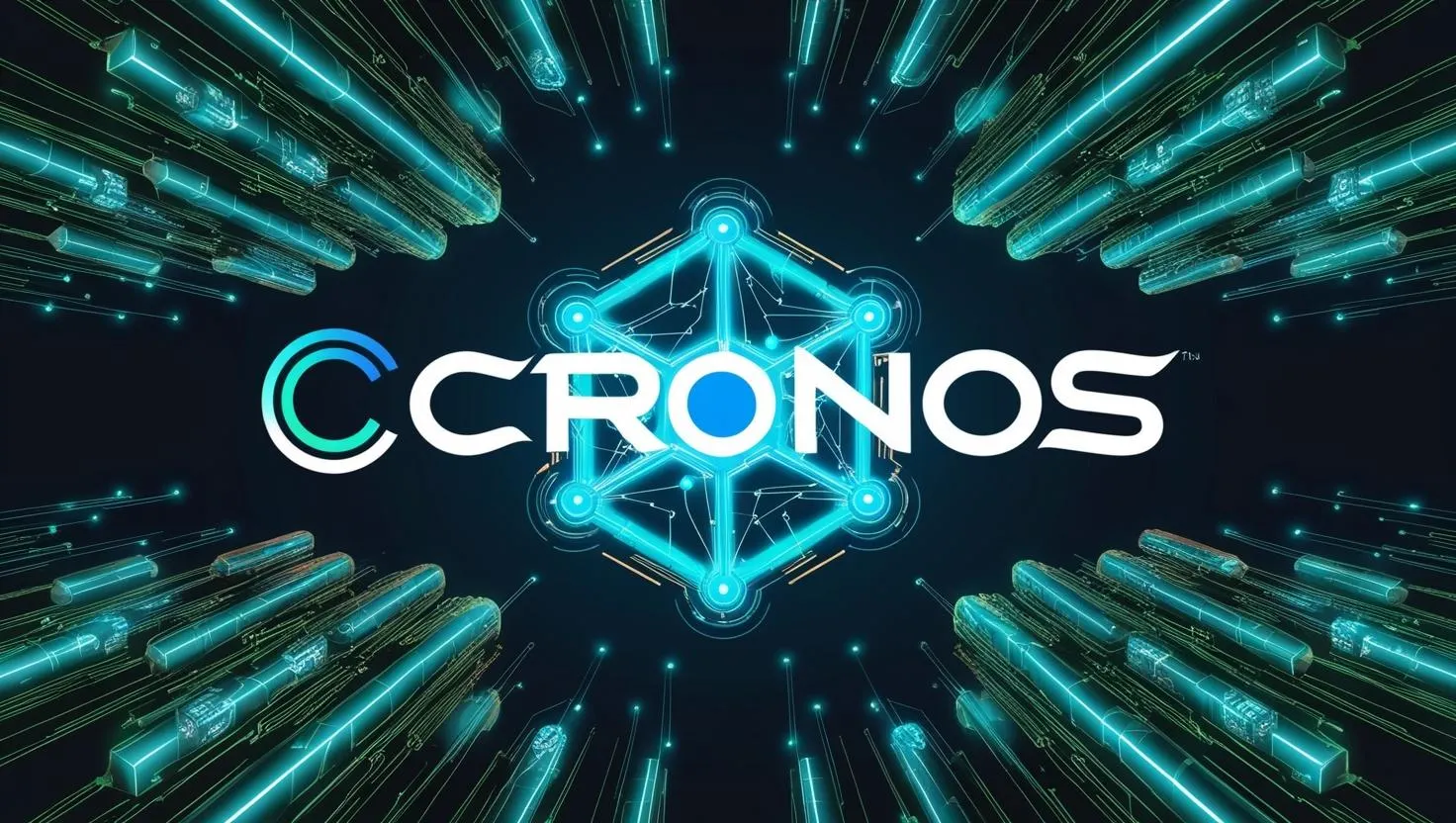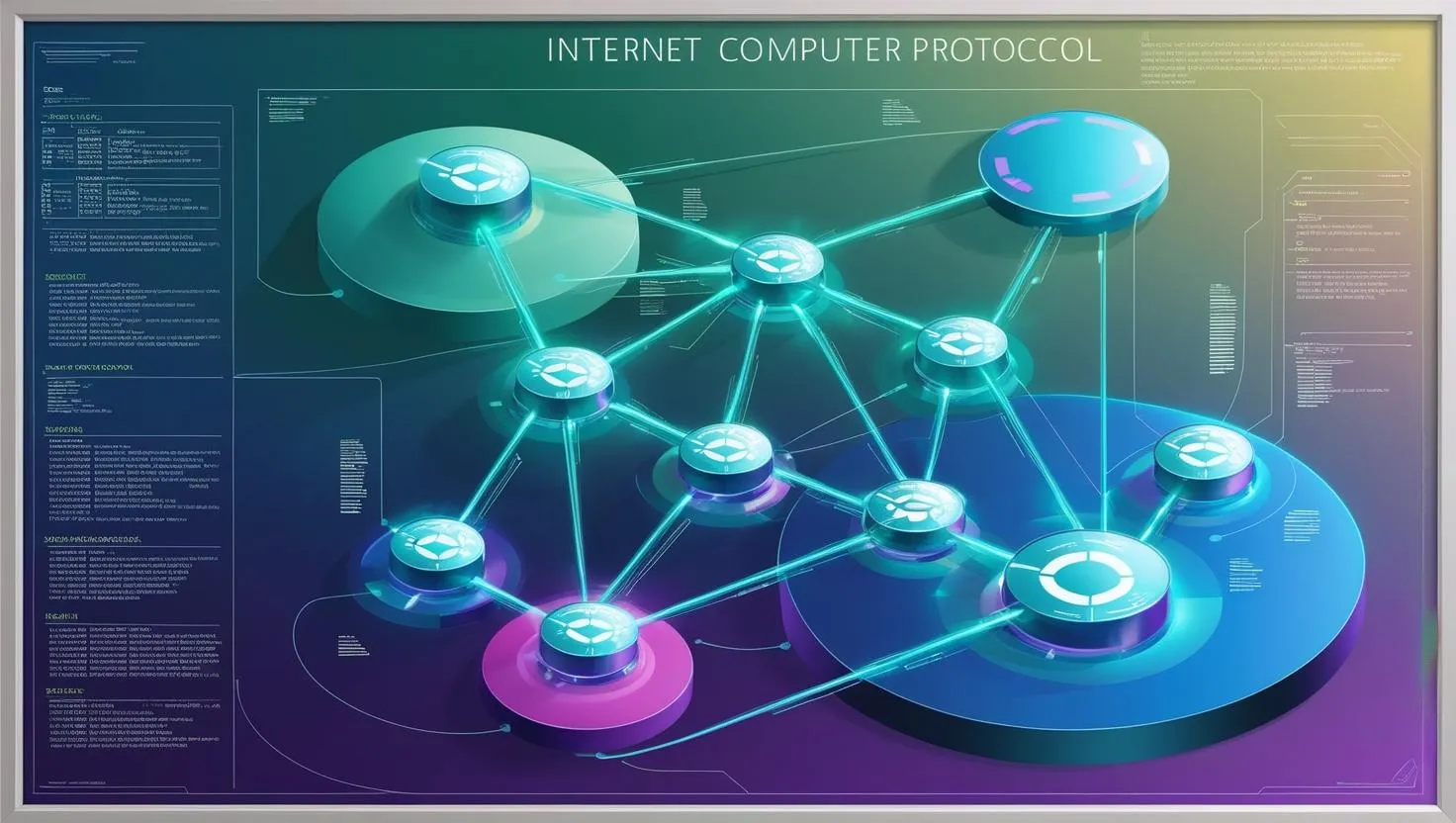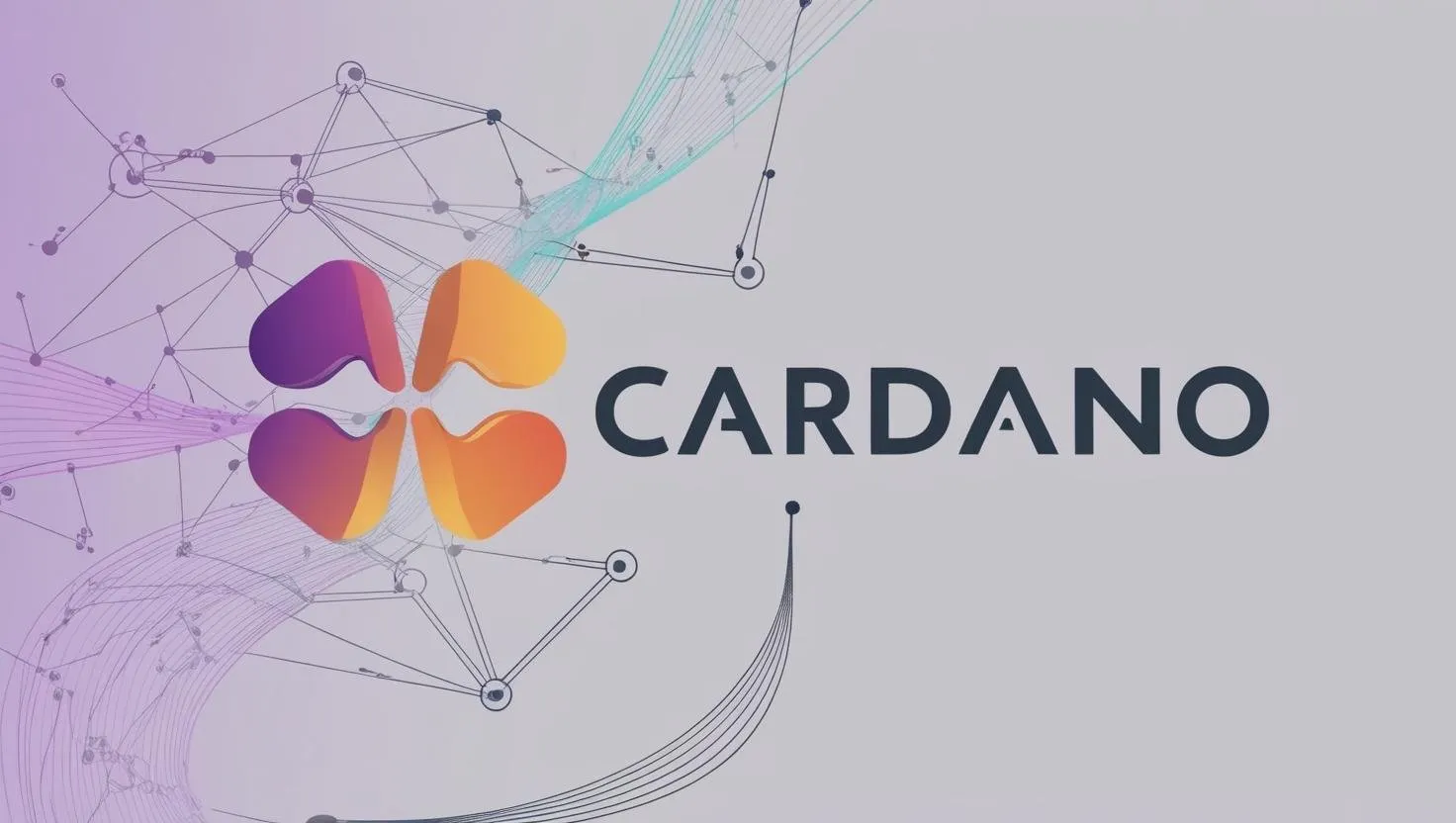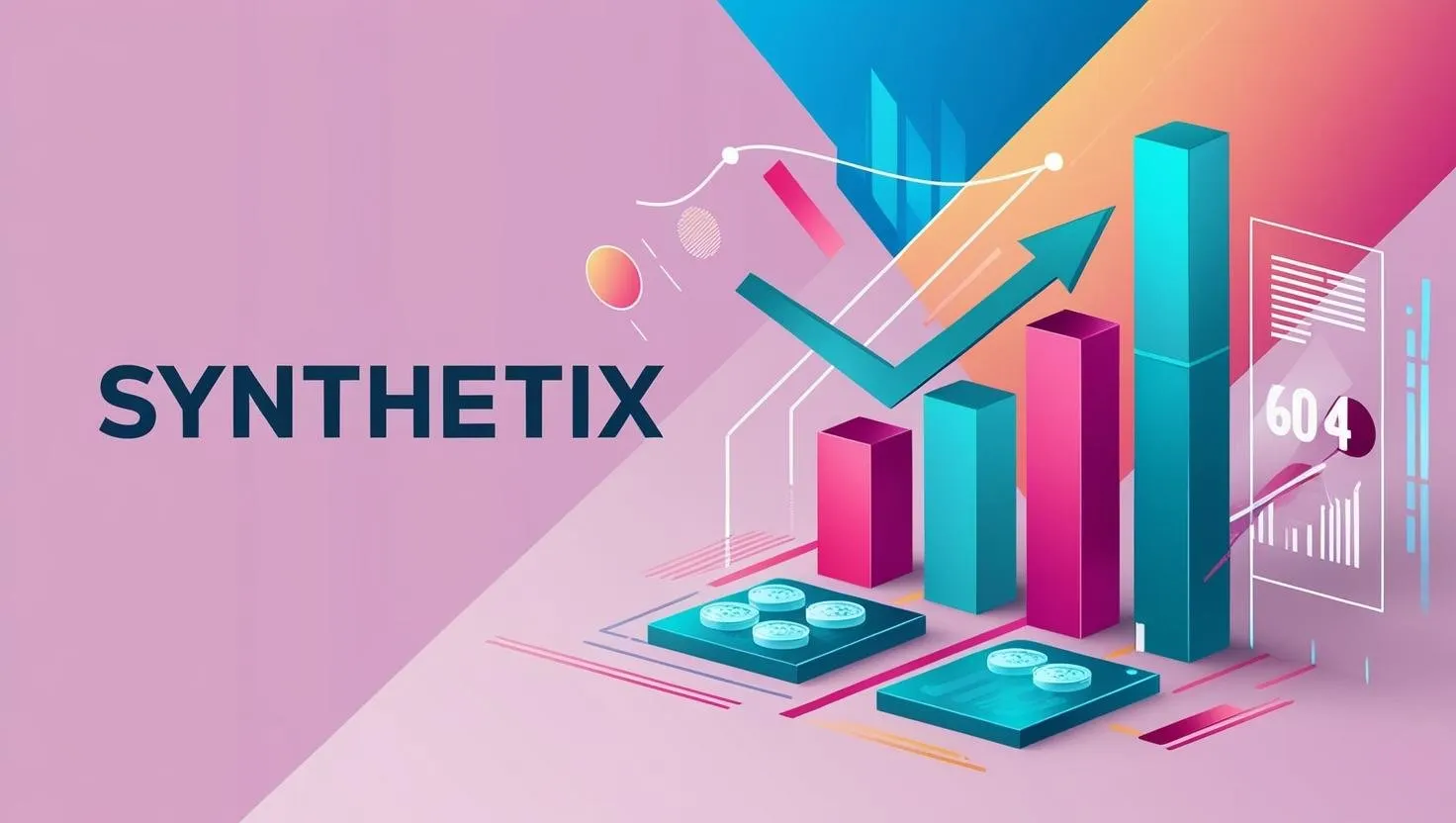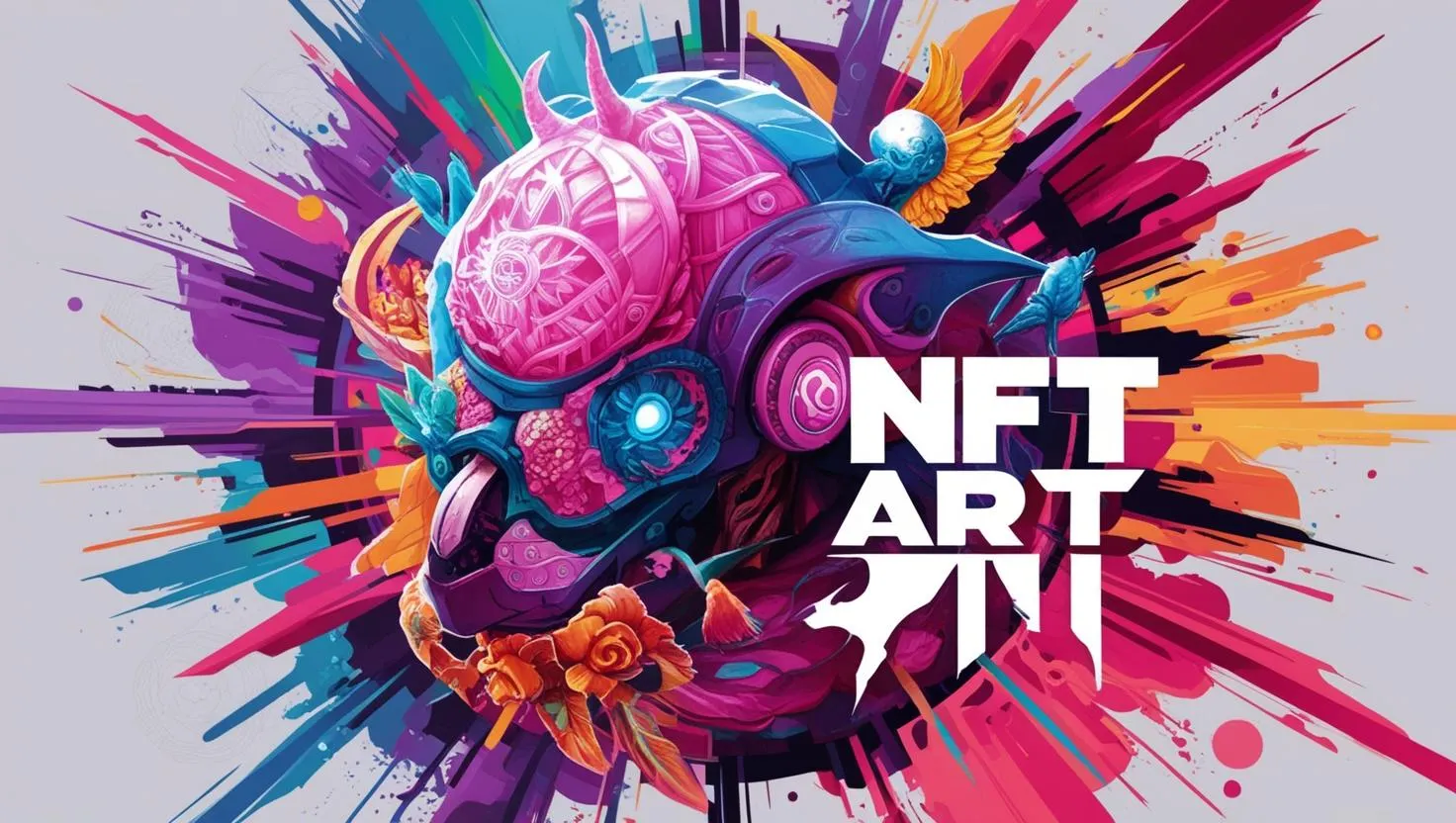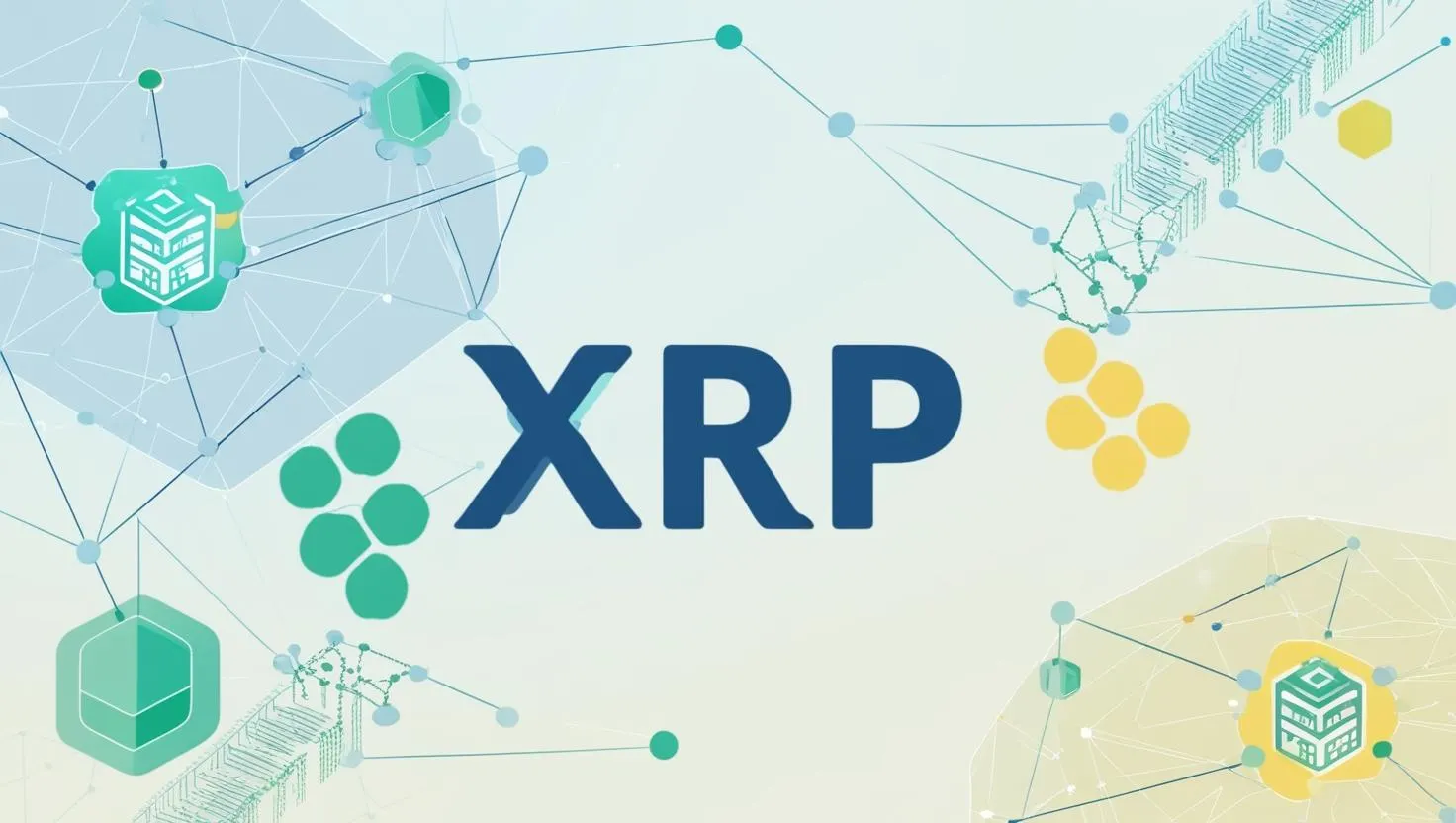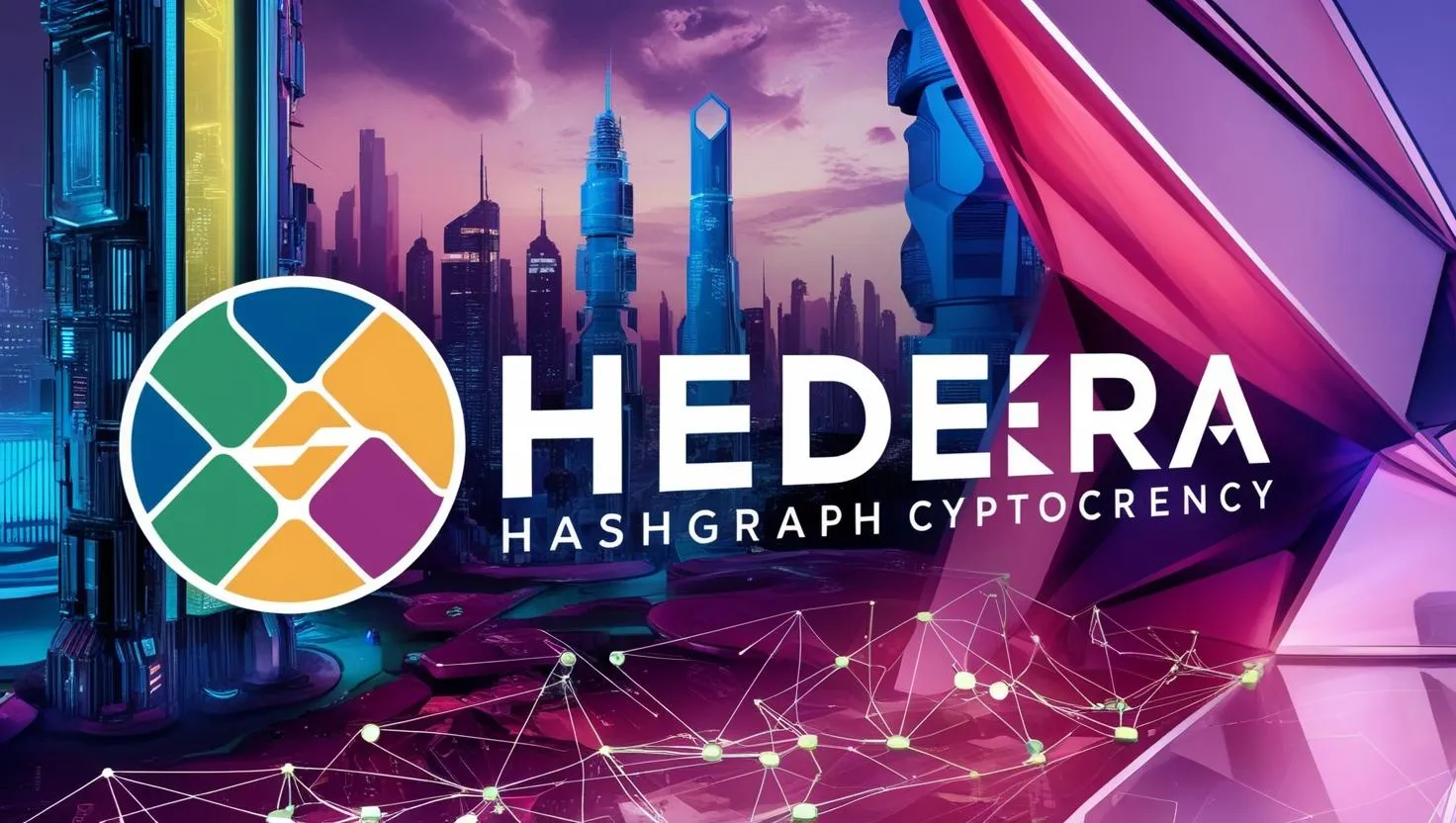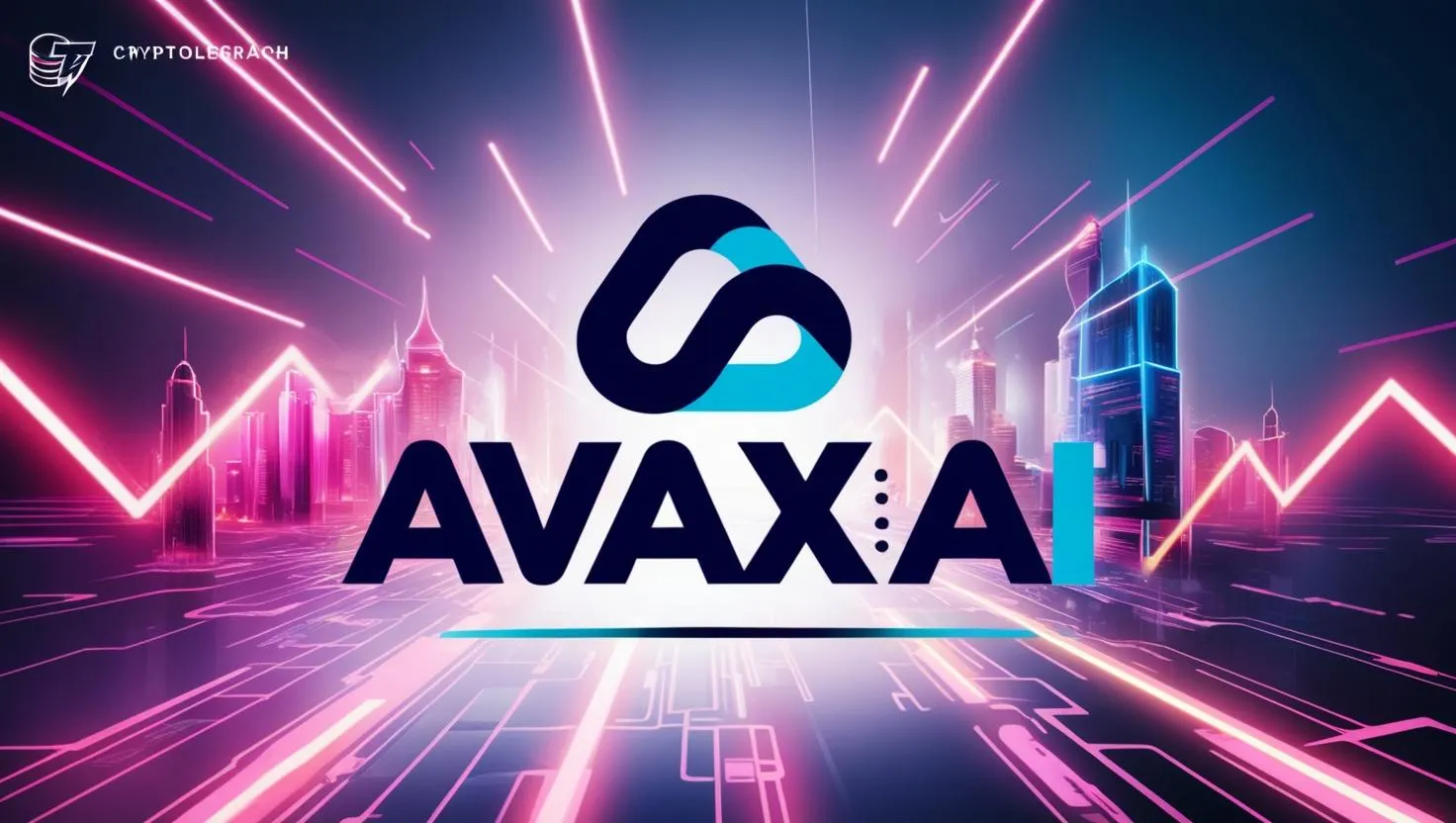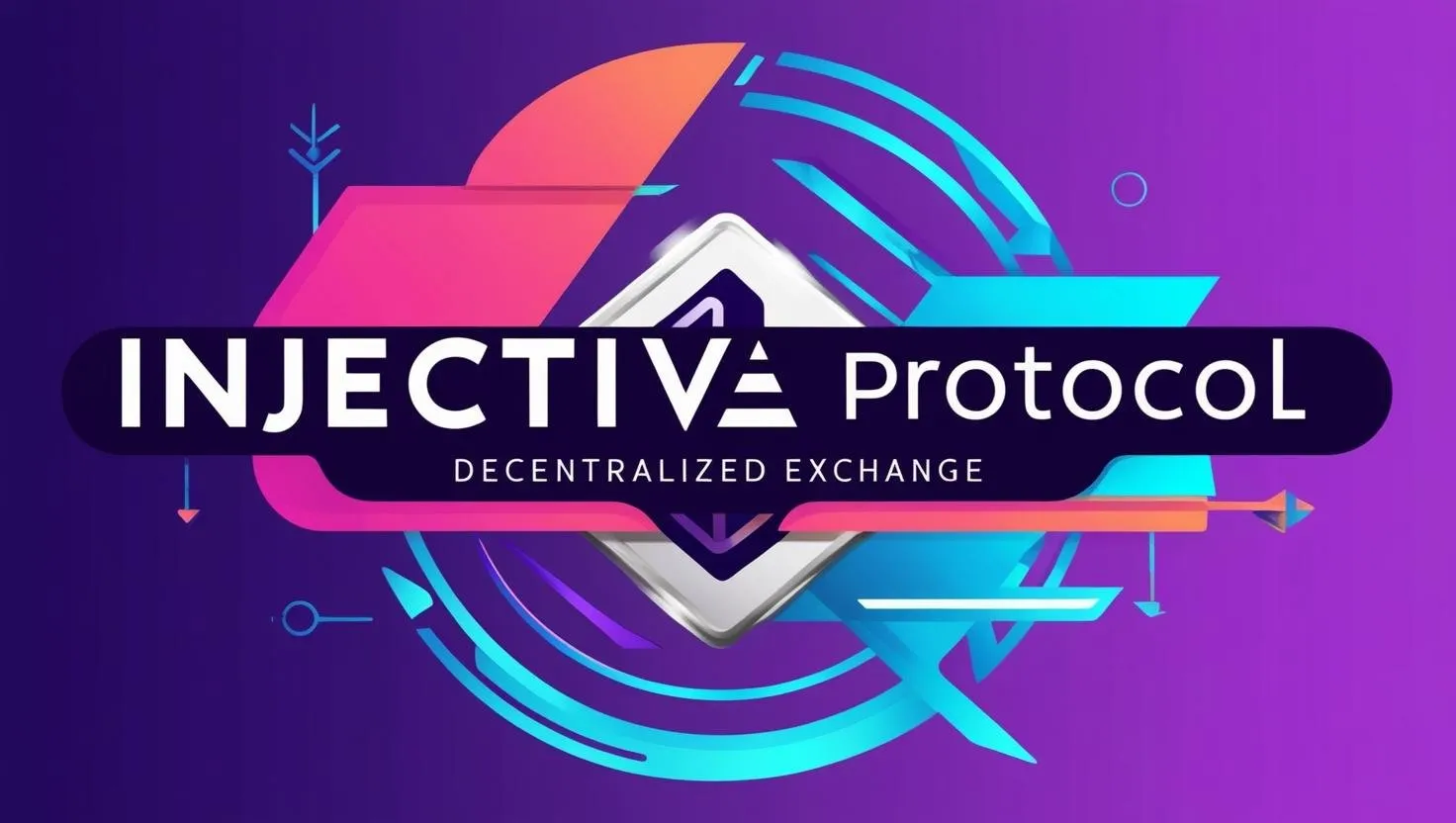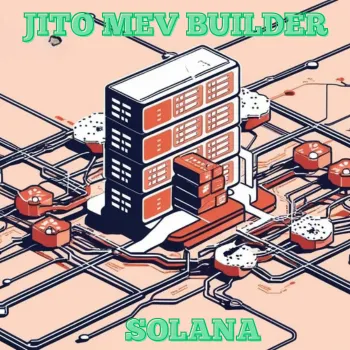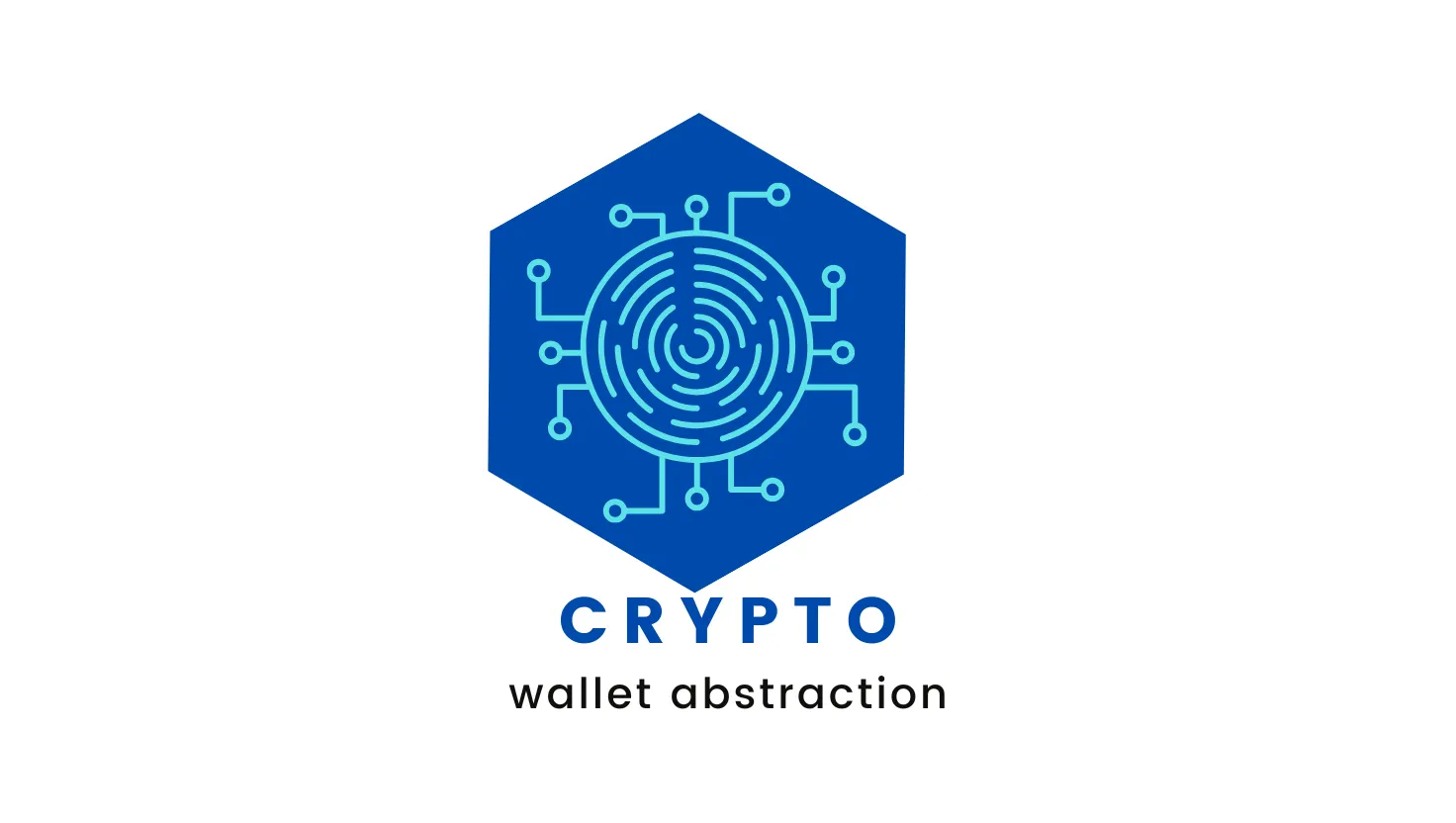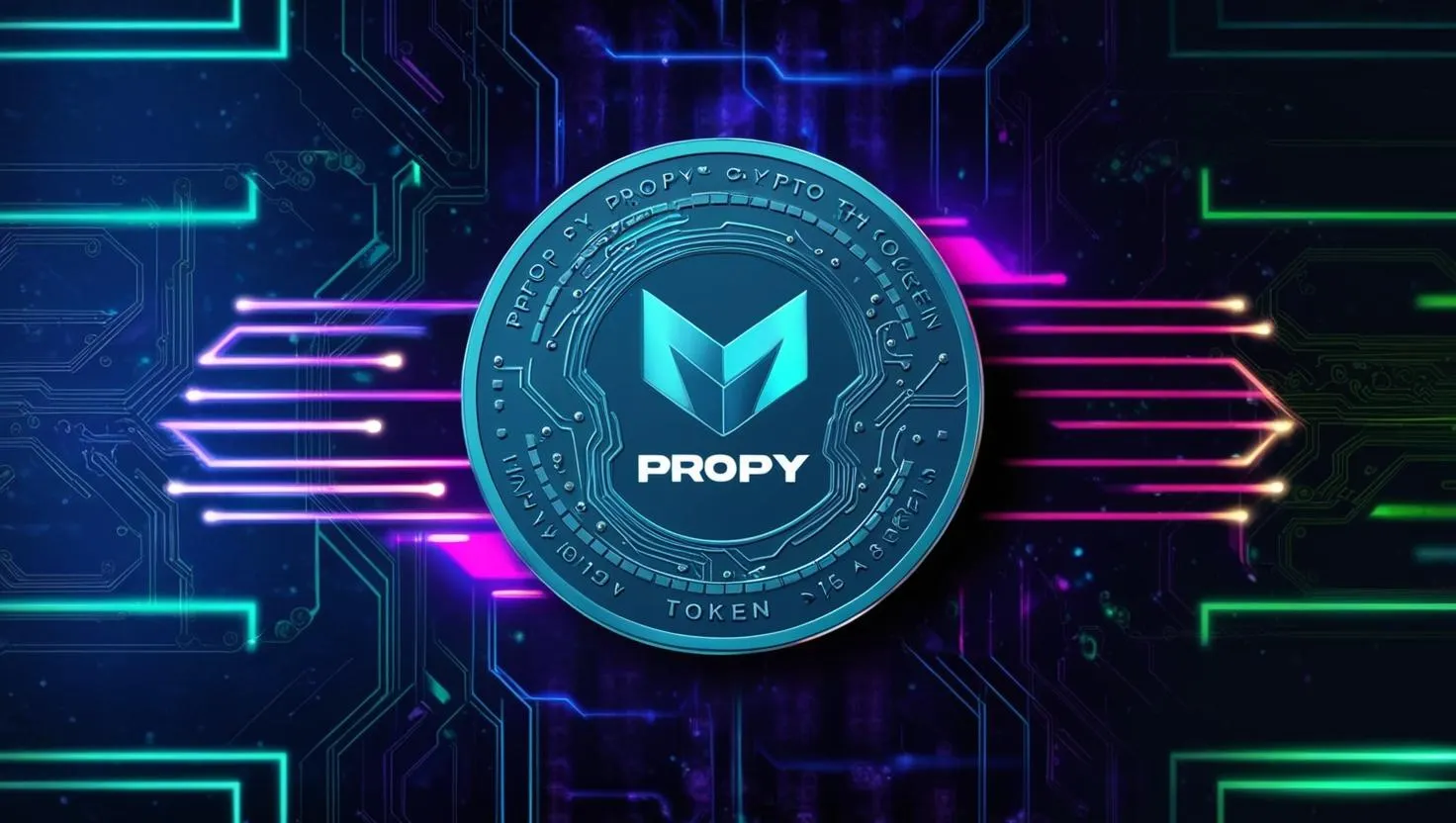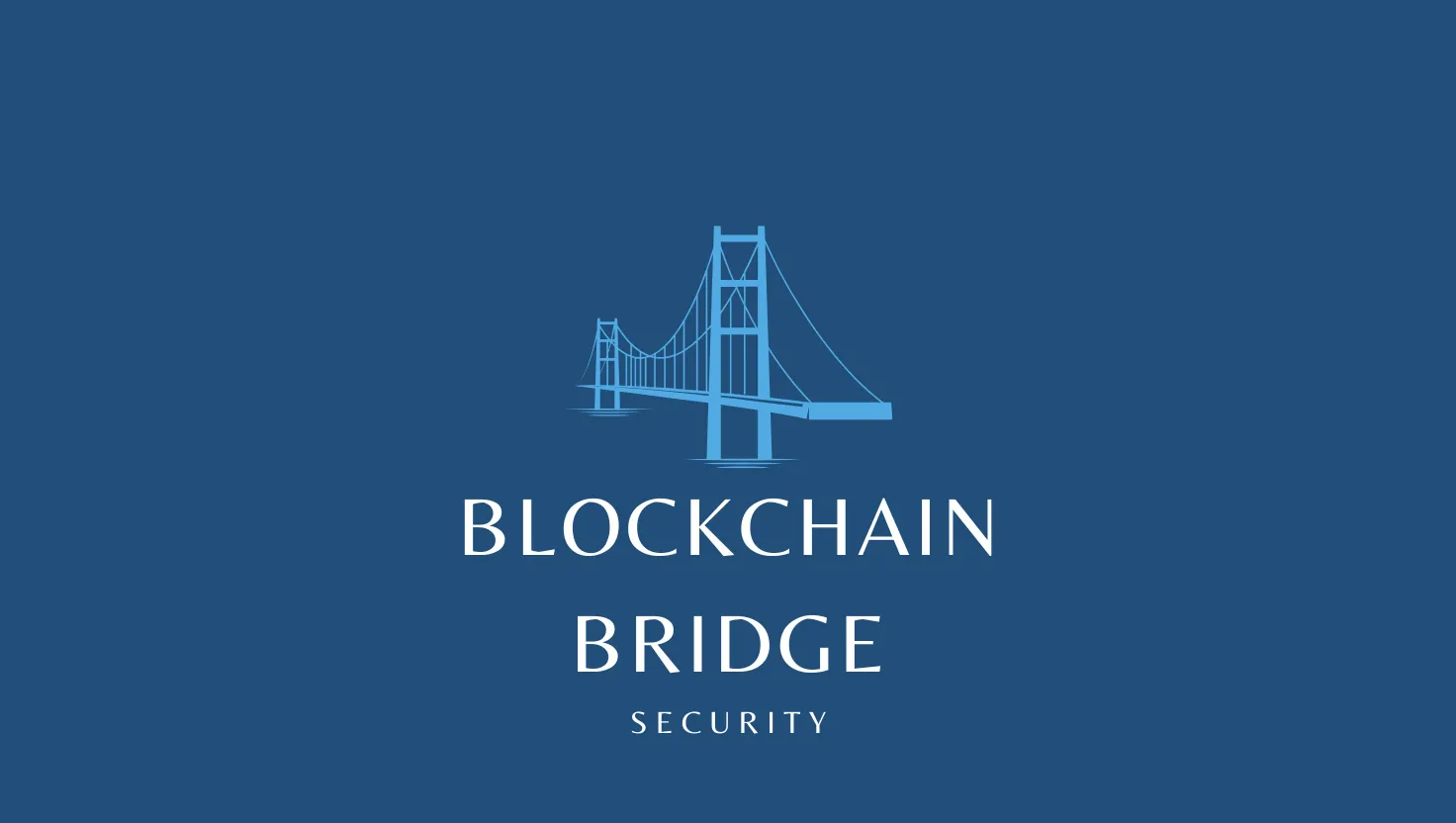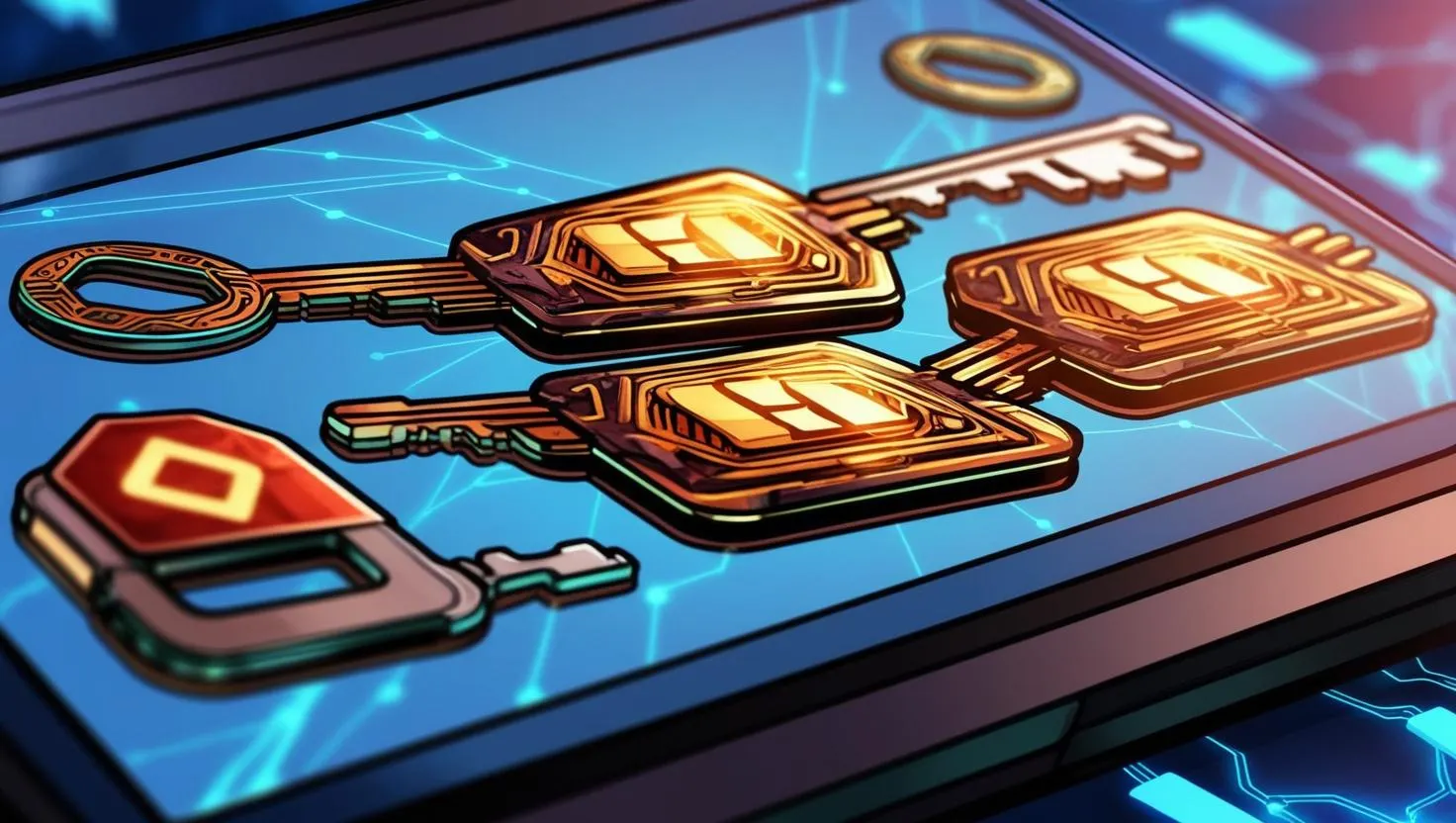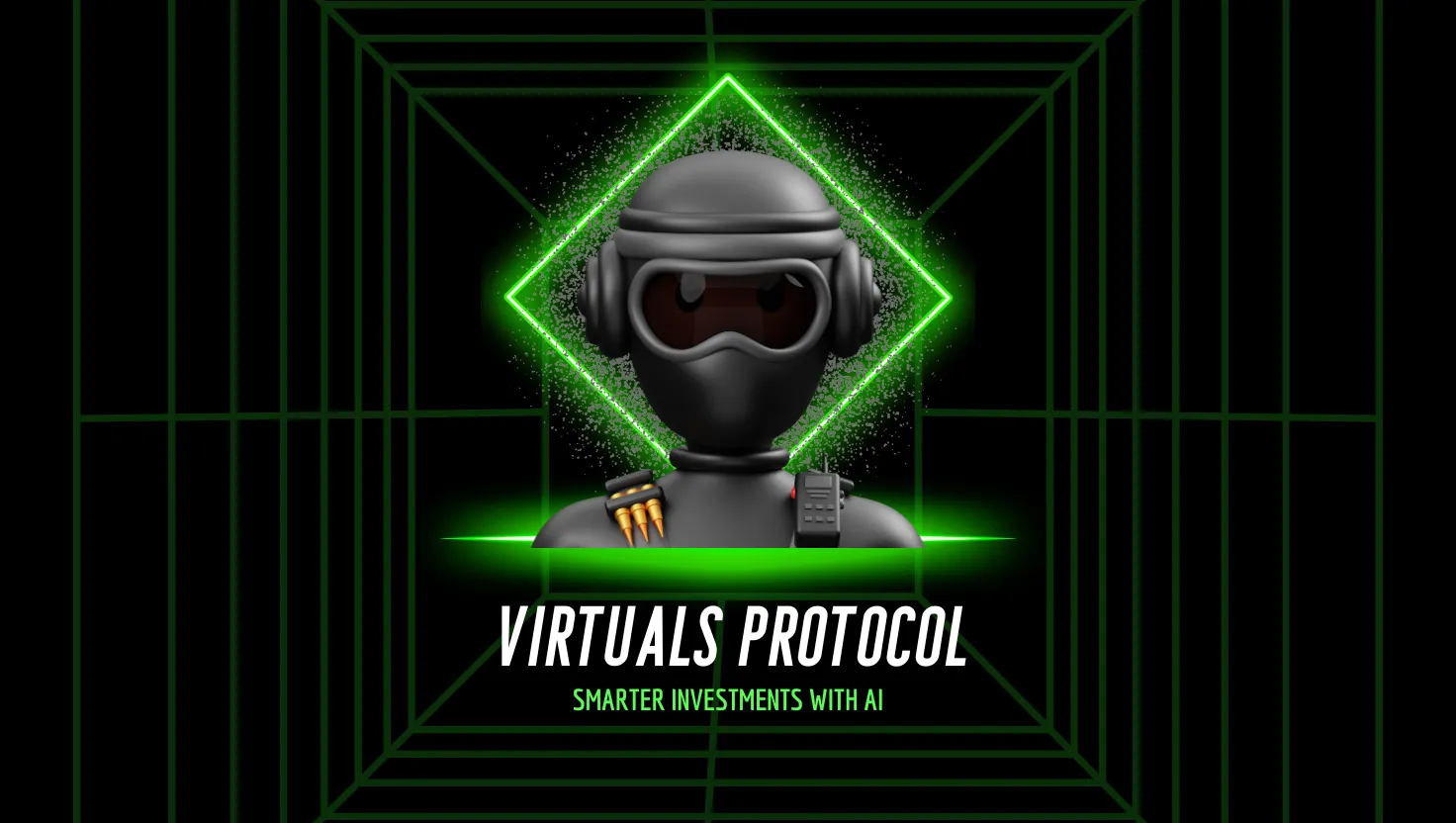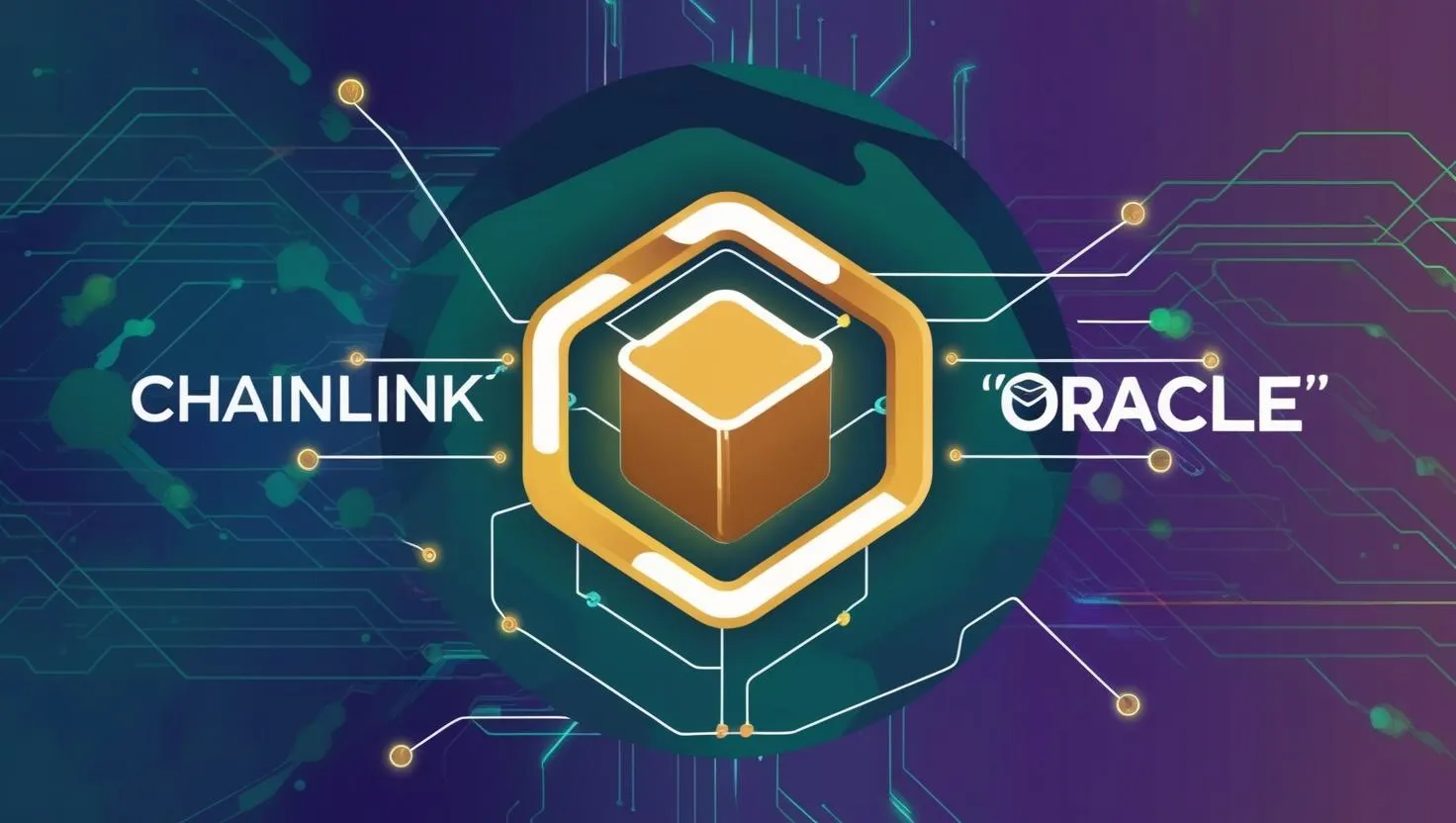Celestia: The Blockchain Killer?
Monolithic vs. Modular Blockchains: A Detailed Comparison
Traditional blockchains like Bitcoin and Ethereum operate as monolithic systems. This means they handle all core functions – consensus (agreeing on transaction order), execution (processing transactions), and data availability (making transaction data accessible) – within a single, unified chain. While this design was initially groundbreaking, it faces inherent limitations as transaction volume increases. The entire network becomes congested because every node must process every transaction, leading to:
- Scalability Bottleneck: As more users join, the network struggles to keep up, resulting in slow transaction speeds and high fees. Think of a single-lane road trying to handle the traffic of a multi-lane highway.
- Limited Flexibility: Changing any aspect of the blockchain requires a network-wide update, making innovation and adaptation difficult. It's like trying to renovate an entire building while everyone is still living inside.
- High Resource Requirements: Running a full node, which verifies all transactions and stores the entire blockchain, becomes increasingly resource-intensive, hindering decentralization.
Celestia's modular approach addresses these issues by separating the core functions into distinct layers:
- Consensus & Data Availability Layer (Celestia): This layer focuses solely on two critical tasks:
- Consensus: Ordering transactions and ensuring agreement on the state of the blockchain. Celestia uses a novel consensus mechanism designed for efficiency.
- Data Availability: Guaranteeing that transaction data is published and accessible to anyone who needs it. This is crucial for security and allows anyone to verify the blockchain's integrity.
- Execution Layer (Rollups): These are separate, independent blockchains that handle the actual processing of transactions. Rollups bundle multiple transactions together and submit a summary (a proof) to Celestia for consensus and data availability. This drastically reduces the load on the main Celestia chain. Different types of rollups can be created, each optimized for specific applications.
Rollups: The Power of Specialization
Rollups are the key to Celestia's scalability. They operate independently of the main Celestia chain, handling transaction execution off-chain. This allows for parallel processing and significantly increases throughput. There are two main types of rollups:
- Optimistic Rollups: These assume transactions are valid unless challenged. If a challenge occurs, the relevant transactions are re-executed on Celestia. This approach offers high speed but relies on a challenge period.
- Zero-Knowledge Rollups (zkRollups): These use cryptographic proofs (zero-knowledge proofs) to verify transaction validity off-chain. These proofs are then submitted to Celestia, ensuring validity without needing to reveal the underlying transaction details. zkRollups offer both high speed and strong security.
By allowing for different types of rollups, Celestia enables developers to choose the best execution environment for their specific applications. This fosters innovation and allows for specialized blockchains tailored to various use cases, from decentralized exchanges to gaming platforms.
Data Availability Sampling (DAS): Ensuring Security and Decentralization
Data Availability Sampling (DAS) is a crucial innovation that ensures the security and decentralization of Celestia. In traditional blockchains, full nodes download and verify the entire blockchain to ensure data availability. This becomes increasingly challenging as the blockchain grows. DAS allows light nodes, which have limited resources (like mobile devices), to verify data availability by randomly sampling small portions of the data. Through statistical sampling, light nodes can become highly confident that the entire dataset is available, even without downloading it all. This is like verifying the contents of a large library by randomly checking a few pages from different books. DAS ensures that even with a large number of transactions, the network remains secure and decentralized, as anyone can participate in verifying data availability.
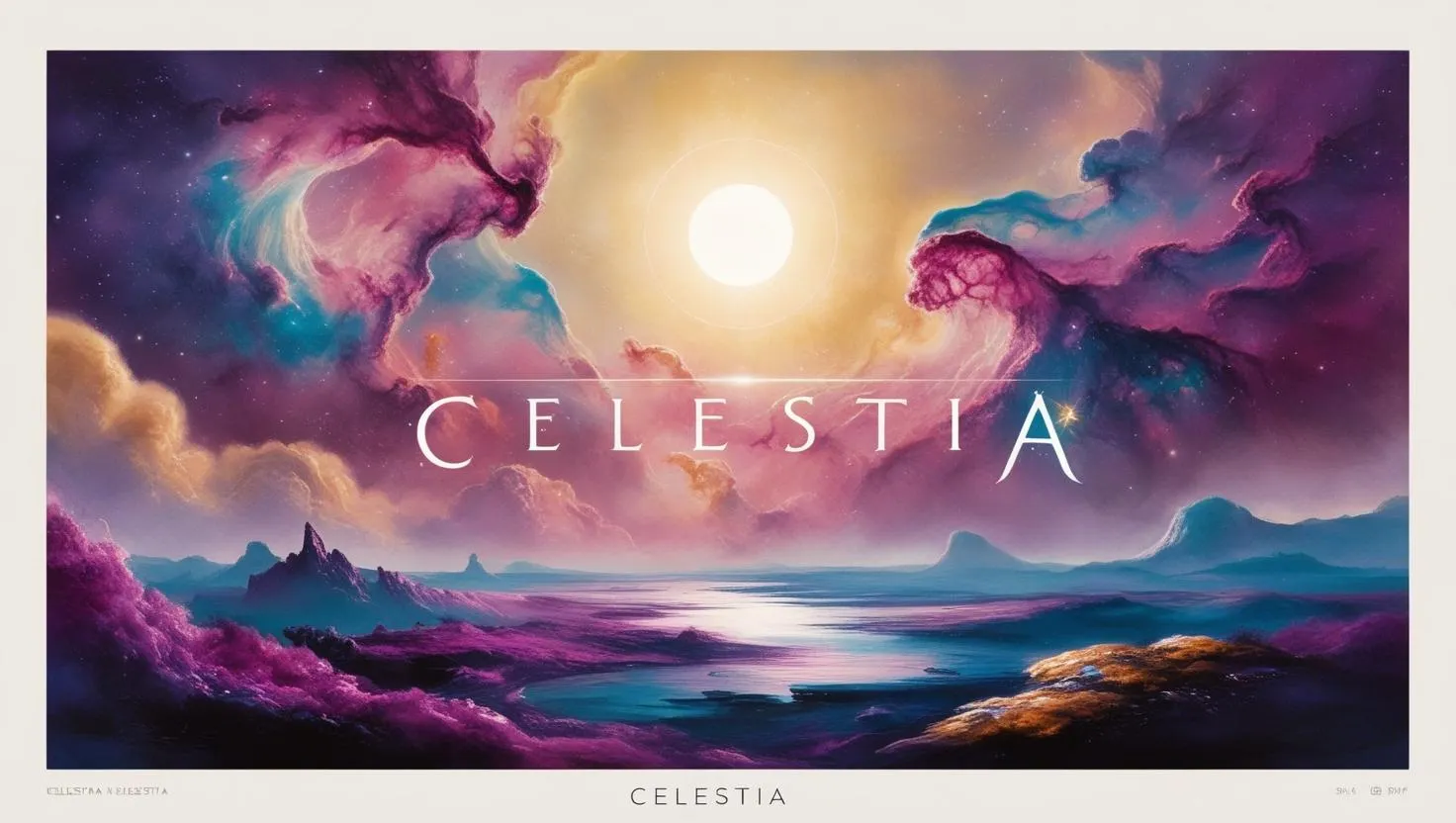
The TIA Token: Fueling the Celestia Ecosystem
The TIA token is the native cryptocurrency of the Celestia network and plays a vital role in its operation:
- Staking: TIA holders can stake their tokens to secure the network and participate in consensus. Staking rewards incentivize users to contribute to the network's security.
- Governance: TIA holders have the right to participate in the governance of the Celestia network, voting on proposals and influencing its future development.
- Payment for Data Availability: Rollups pay fees in TIA to Celestia for providing data availability and consensus services. This creates demand for TIA and aligns the incentives of rollups and Celestia validators.
Advantages of Celestia's Modular Design: A Summary
- Extreme Scalability: By offloading execution to rollups, Celestia can handle a massive number of transactions, potentially supporting millions of users and applications.
- Flexibility and Customization: Developers can create specialized rollups tailored to their specific needs, fostering innovation and enabling a wide range of applications.
- Enhanced Security: DAS ensures data availability, maintaining the integrity and security of the network even with a large number of transactions.
- Decentralization: DAS allows light nodes to participate in data availability verification, promoting decentralization and making the network more resilient to censorship.
- Lower Fees: By increasing efficiency and reducing the load on the main chain, Celestia can enable lower transaction fees for users.
Conclusion: The Future of Blockchain Technology?
Celestia's modular blockchain architecture represents a paradigm shift in blockchain design. By separating concerns and introducing innovative techniques like DAS, Celestia addresses the scalability challenges of traditional blockchains and unlocks the potential for a truly decentralized and scalable future. As the demand for decentralized applications continues to grow, Celestia's modular approach may become the dominant model for blockchain development, paving the way for a new era of decentralized innovation.




